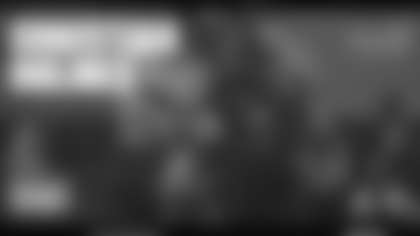To honor the 20th anniversary of D.C. United, the Redskins Marching Band played a halftime show at RFK Stadium, bringing back memories of old.
Stefan Monica stood up, placed his hands on his hips and swiveled his head around a room that looked vaguely familiar to him. He went silent for a moment, trying to envision what the four white walls surrounding him had looked like 20 years ago. Then he remembered.
"My locker was right along this wall," he said, pointing to his left, still grasping for memories.
Alongside him stood Nick Novak, one of his longtime best friends, who shared the same transfixed state as he glanced around his temporary changing area.
"They put a wall up where there didn't use to be before," he said gesturing by the door. "We used to have these old steel lockers…We had our work benches right along here…"
Many things have changed at Robert F. Kennedy Stadium, the concrete bowl in Northeast Washington, D.C., that opened its doors in 1961. Since housing the greatest era in Washington football history until the team's departure in 1996, RFK has been left to rust and retire over the last two decades, serving as the (soon to be former) home of MLS soccer team D.C. United.
But the Redskins Marching Band, since its inception in 1937, and with the exception of a few costume changes and membership rules, has remained relatively the same – bound to the same set of traditions, to the same groups of instruments, to the same enthusiasm and dedication and, of course, to playing the same fight song each Sunday.
So as band members drove into Washington, D.C., last Saturday to play a halftime show for D.C. United, commemorating the 20th anniversary of the soccer team and the Redskins' last season there, dormant memories resurfaced. Twenty-eight of the band's 120 members had history marching before the team moved to FedExField. For the first time since leaving RFK, on Dec. 22, 1996, they parked in their old lot, walked through a familiar tunnel and took a right into their former dressing room.
Monica, a saxophonist, who joined the band at 15 years old, and Novak, a clarinetist, who enrolled at 17, were two of the first to arrive, and took their time undressing and buttoning up their uniforms. Stories sparked more memories, even from across the room.
"As soon as I saw the D.C. Armory -- I haven't seen it in 15-20 years -- everything came back to me," Steve Novak, Nick's brother, said. "I stood on the spot where my locker used to be 44 years ago. It's amazing. They were all crammed in. But this was RFK Stadium. This was our home for all these years."

A Family Affair
Like most visits to a former home or residence, the scenery changes, and things feel smaller.
For one, the band's dressing room, once an open area with metal lockers around its perimeter had been split by a wall – decorated with D.C. United posters – and stripped of its previous storage bins. Another wall separated the women from the men, while a third room – really a large closet – offered more space to store instruments.
The Washington Redskins Marching Band played at RFK stadium for the first time in 20 years on Saturday, April, 23, 2016.
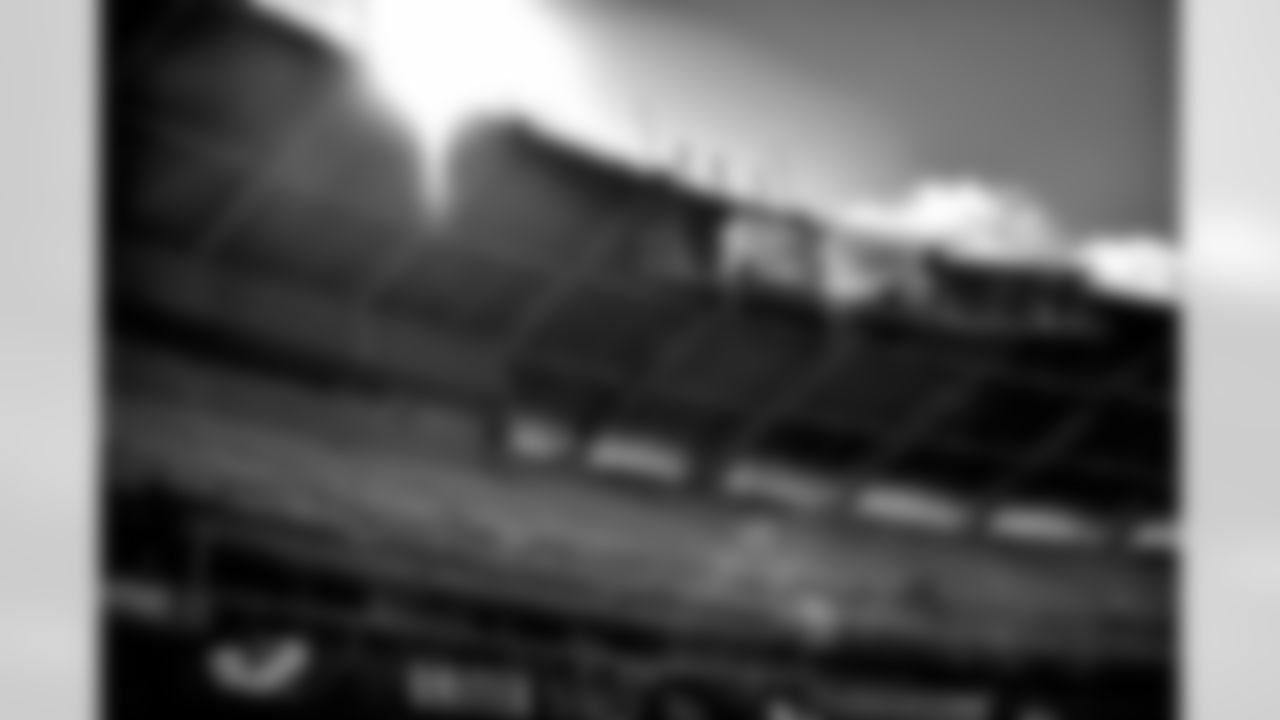
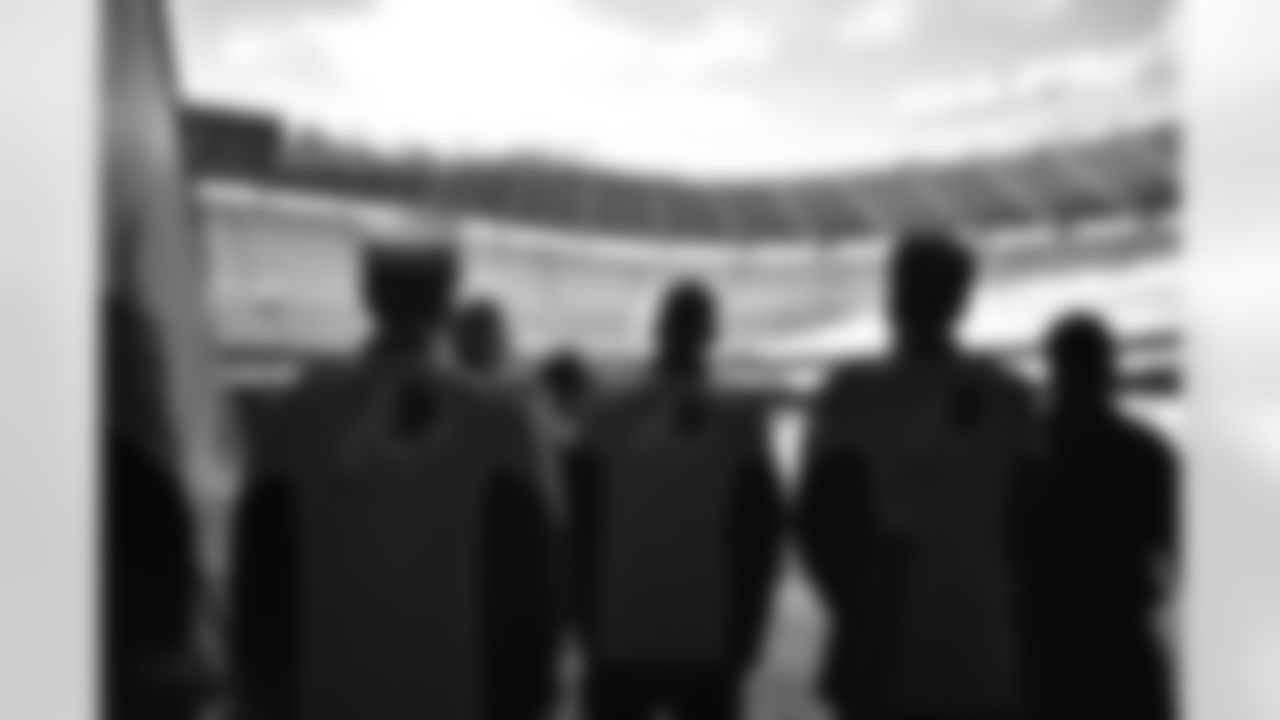
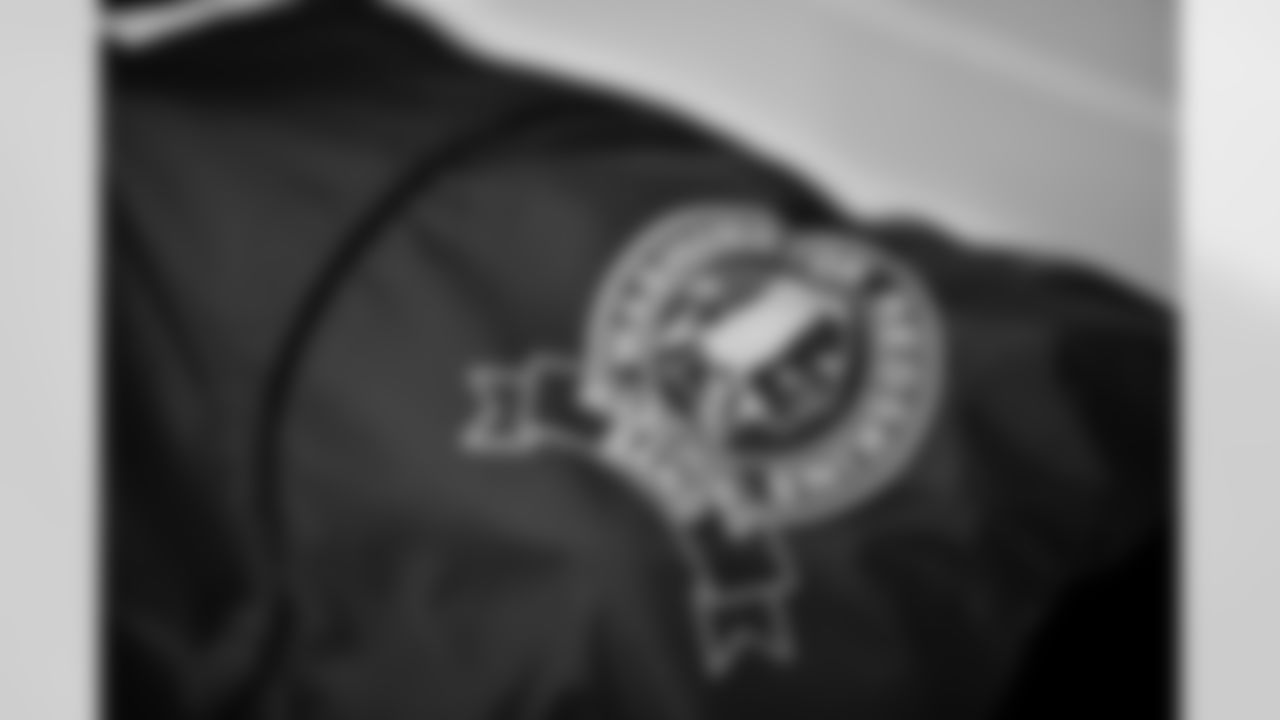
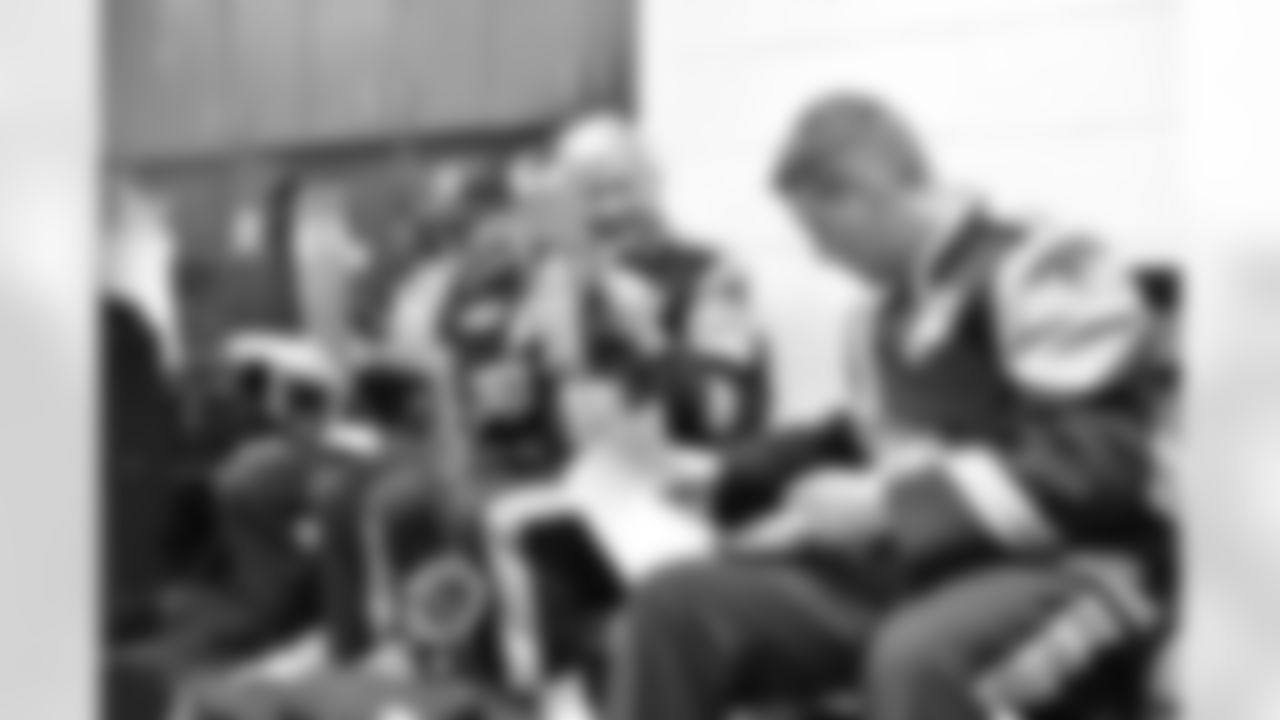

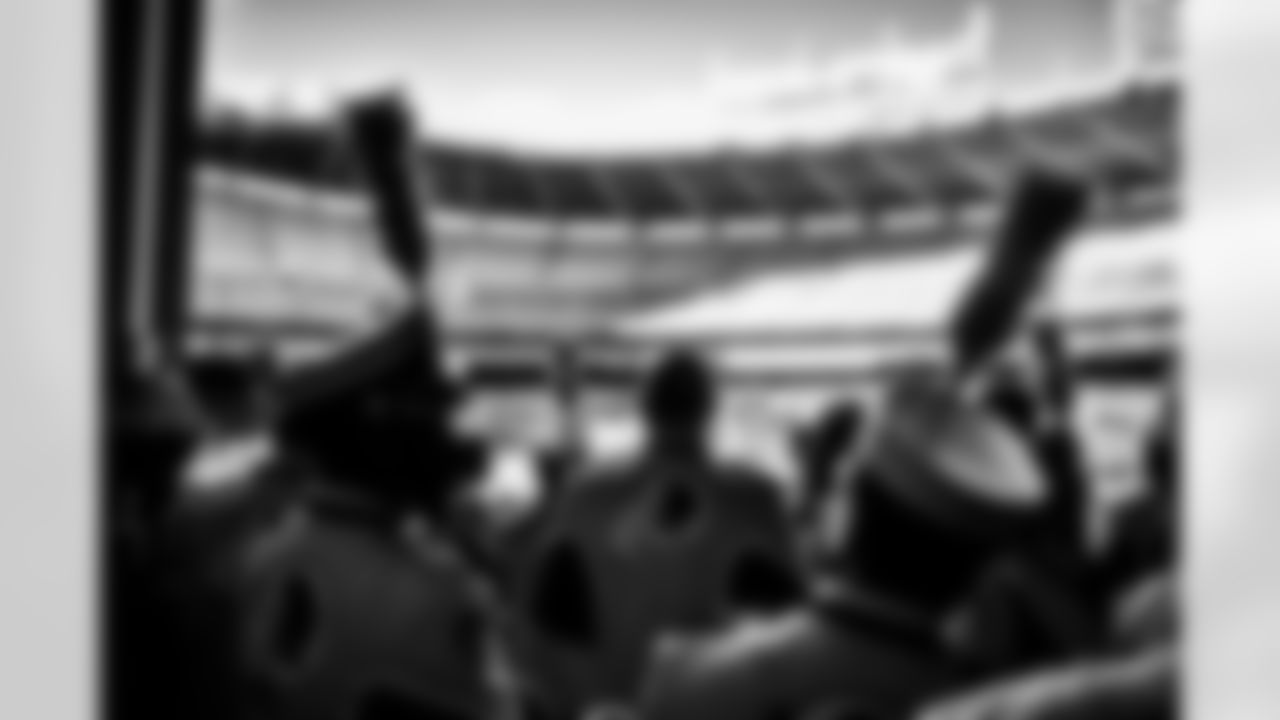
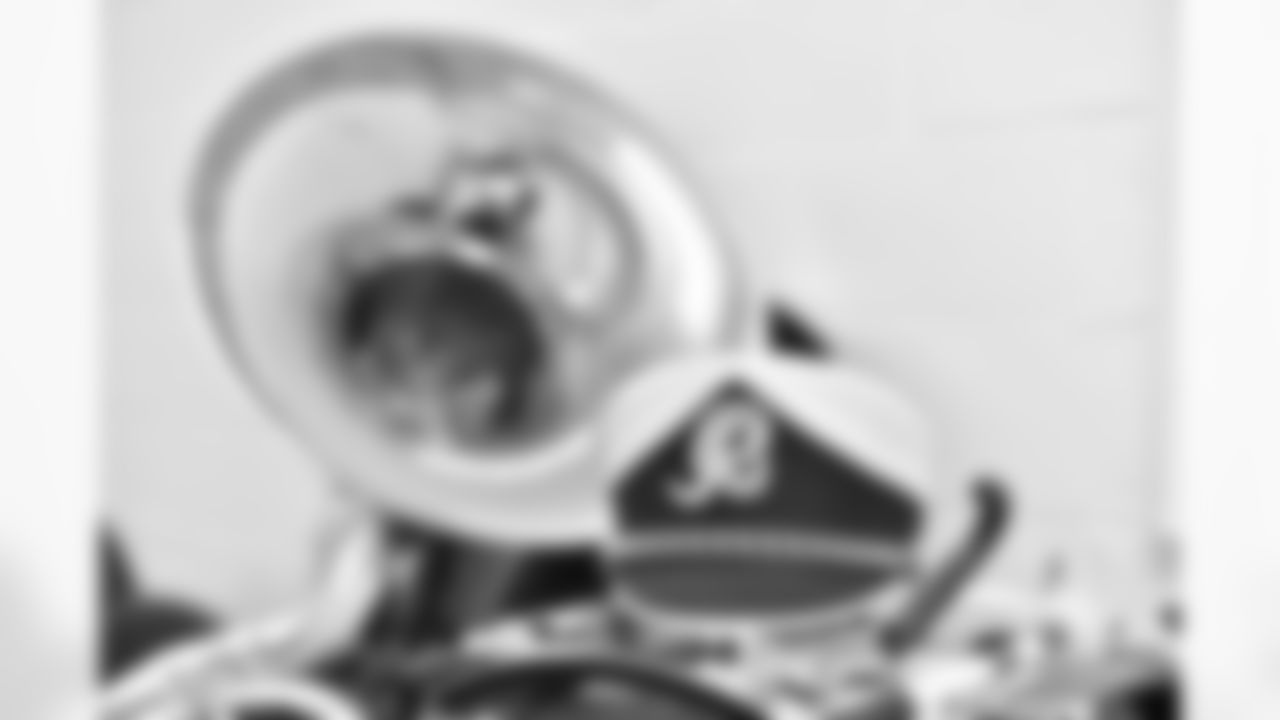
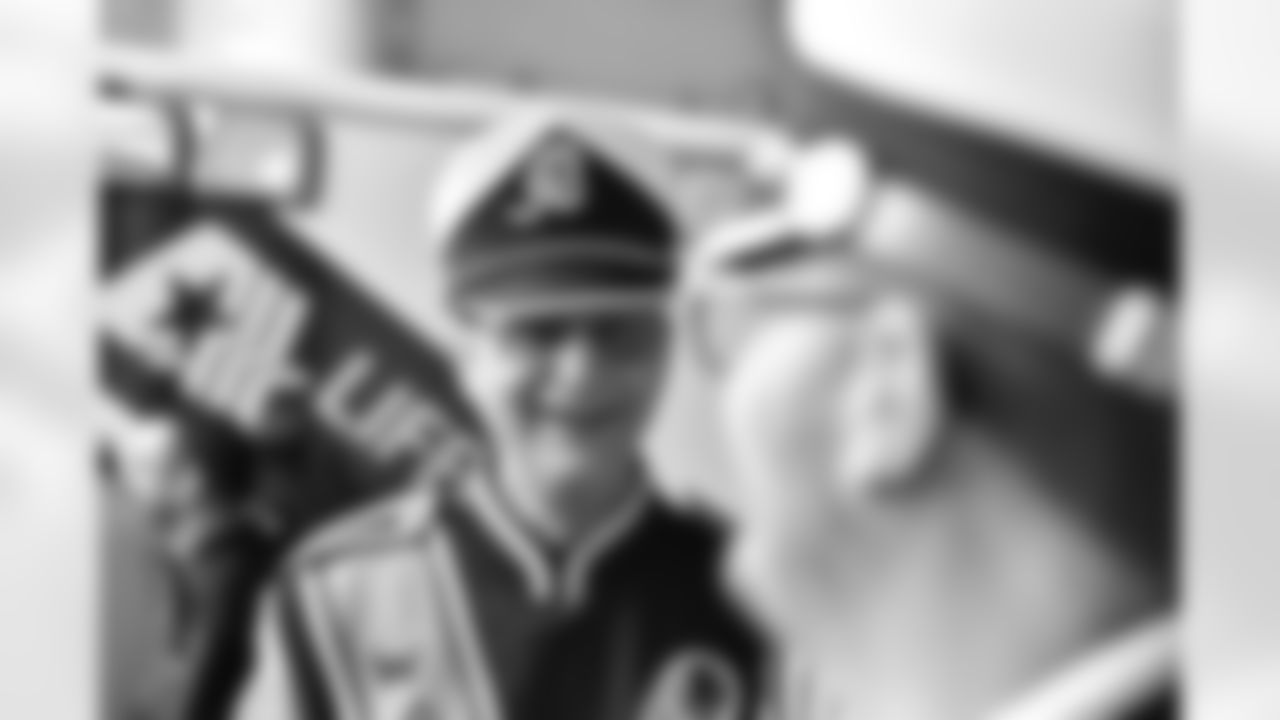
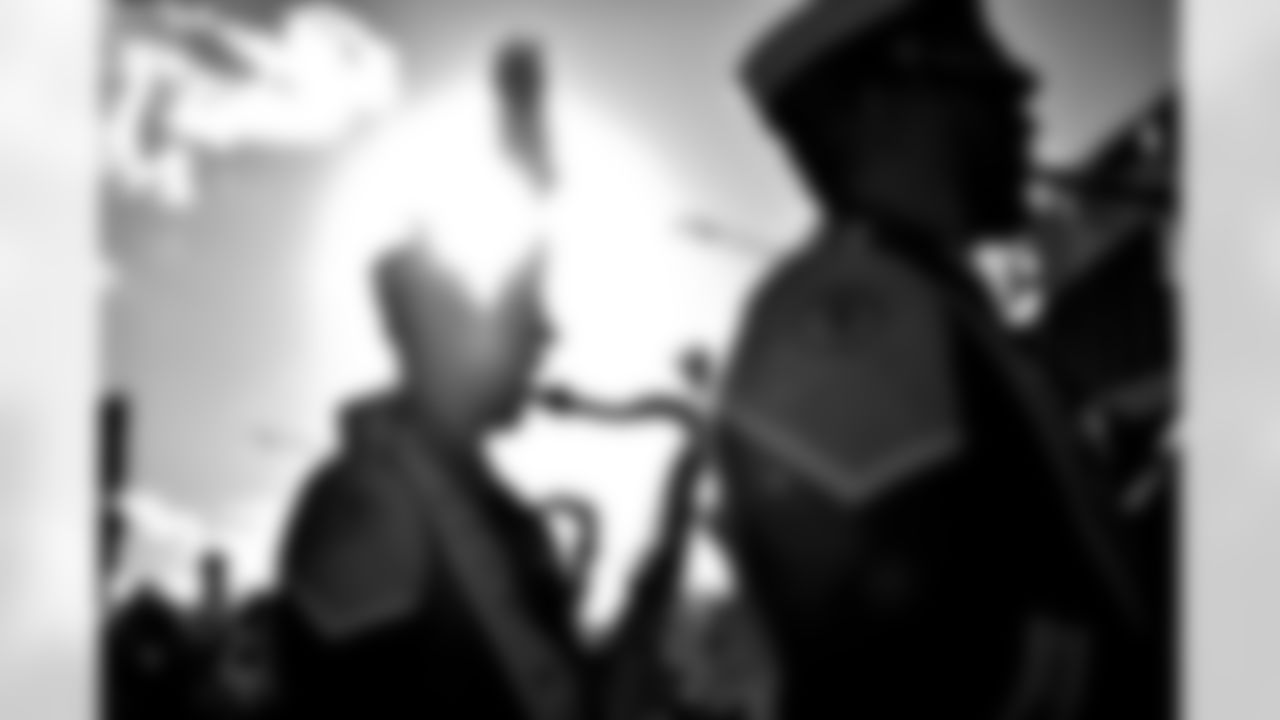
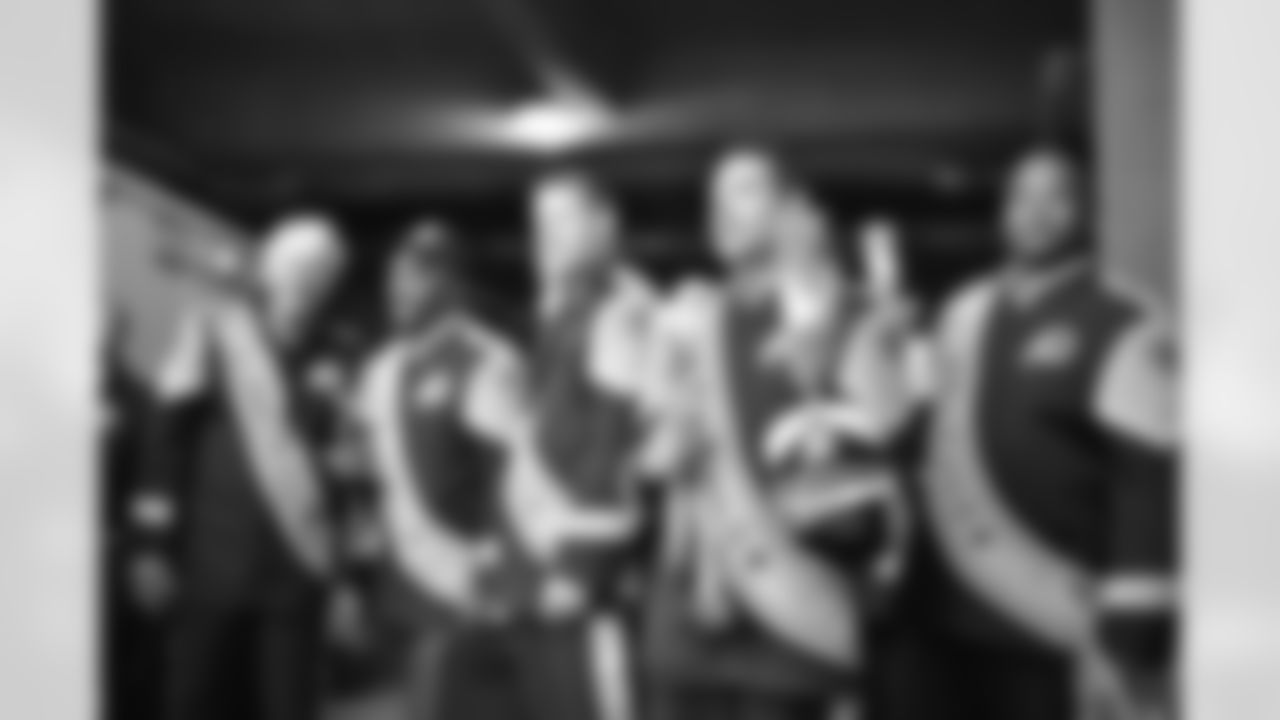
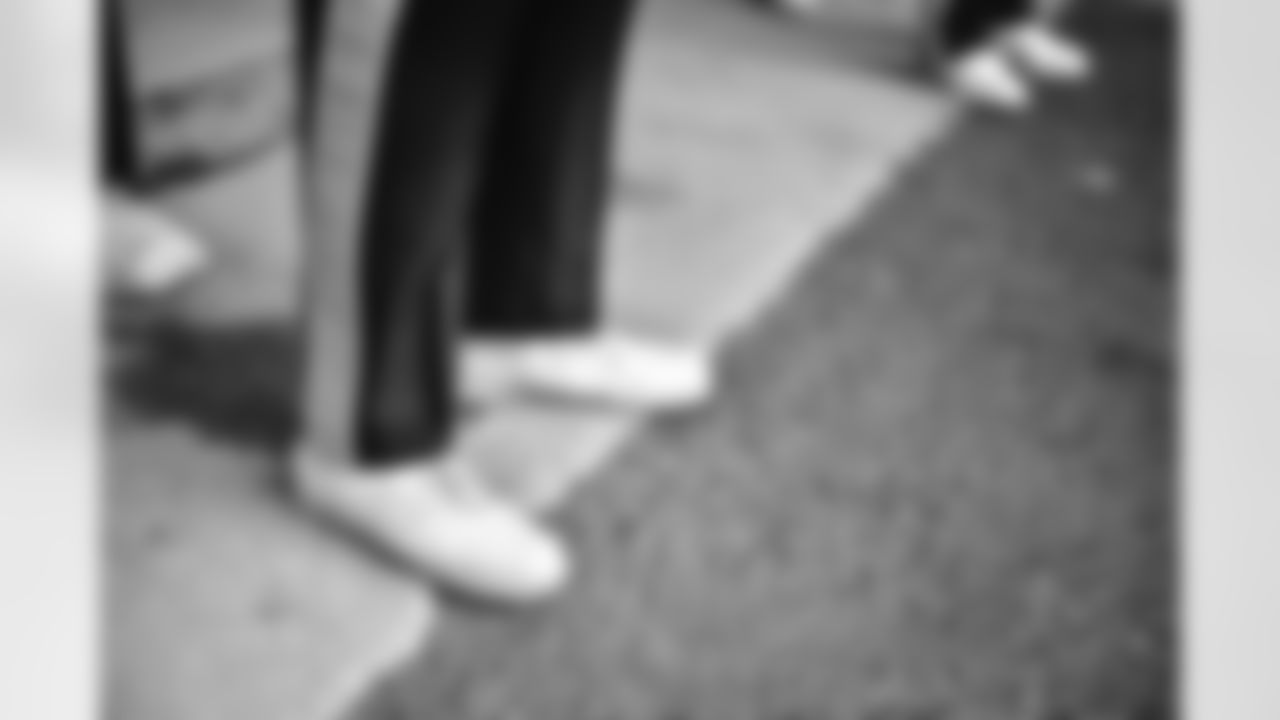
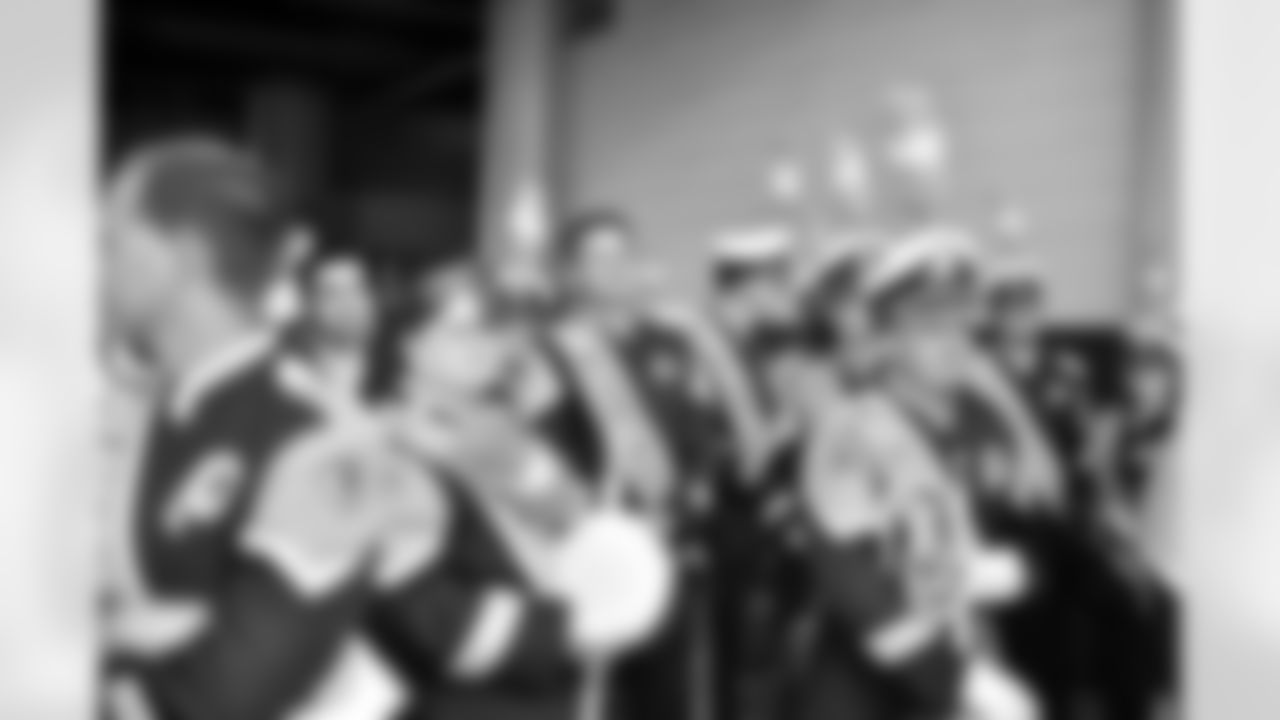
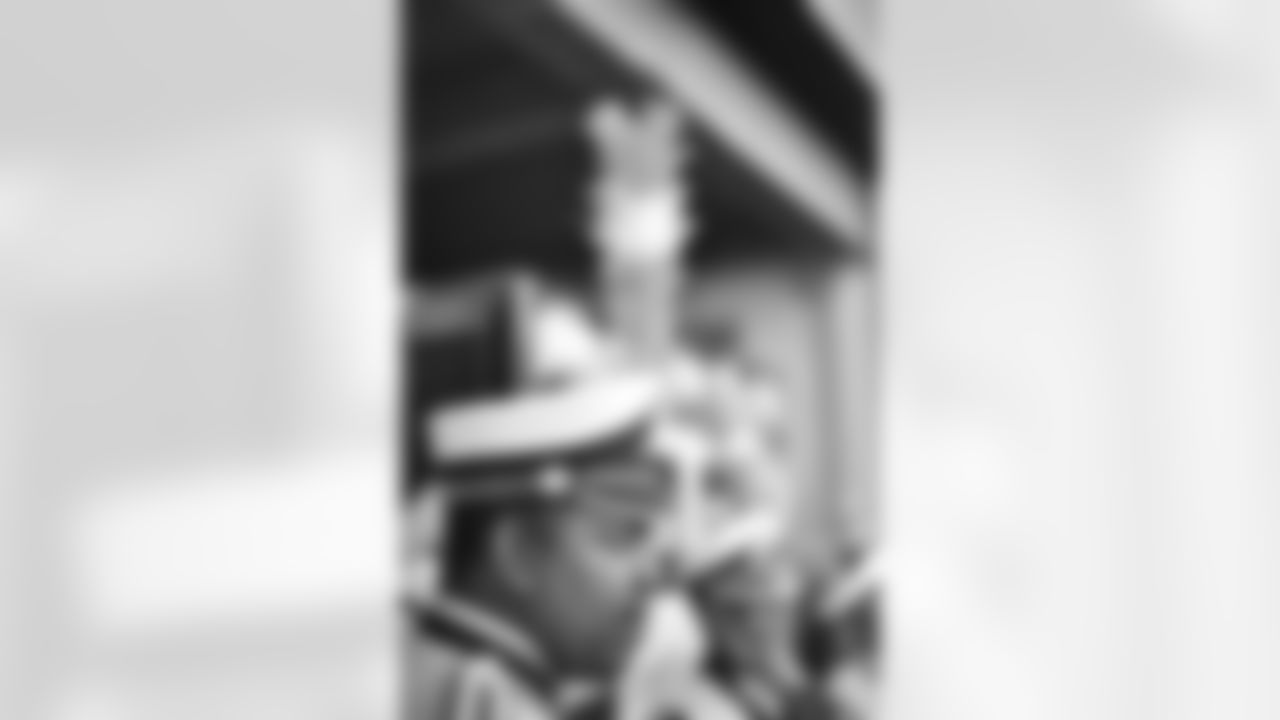
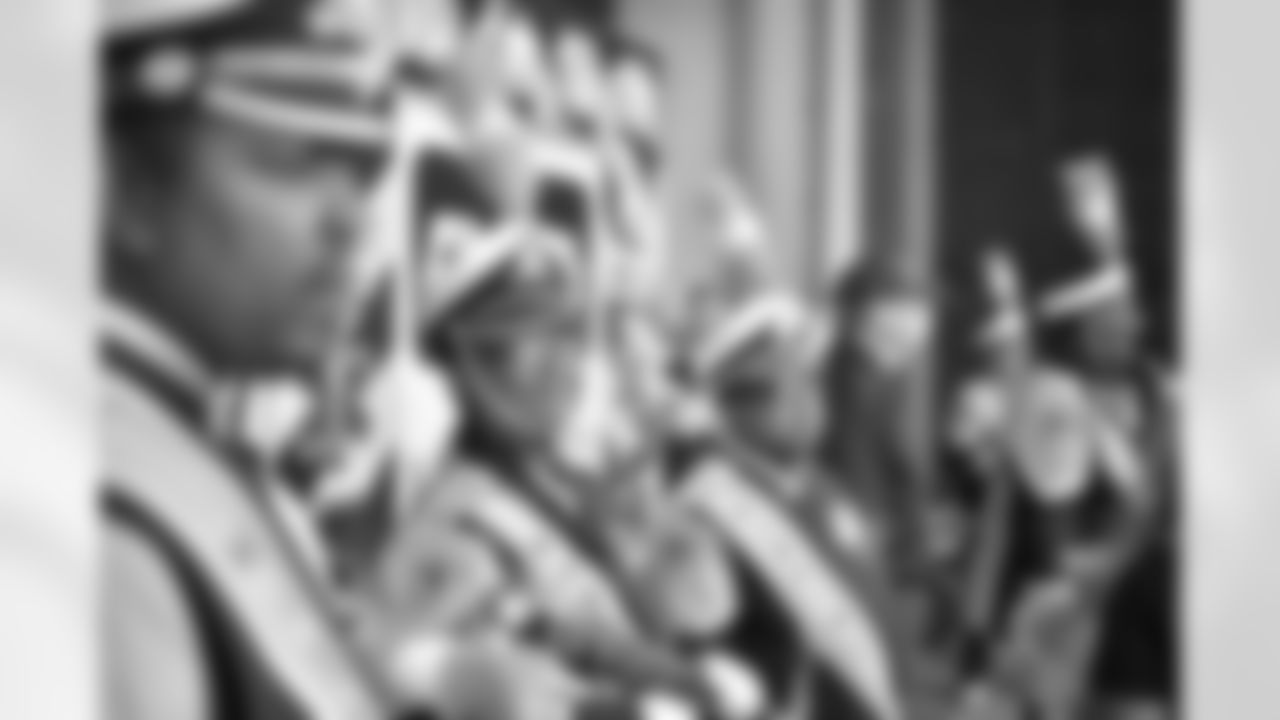
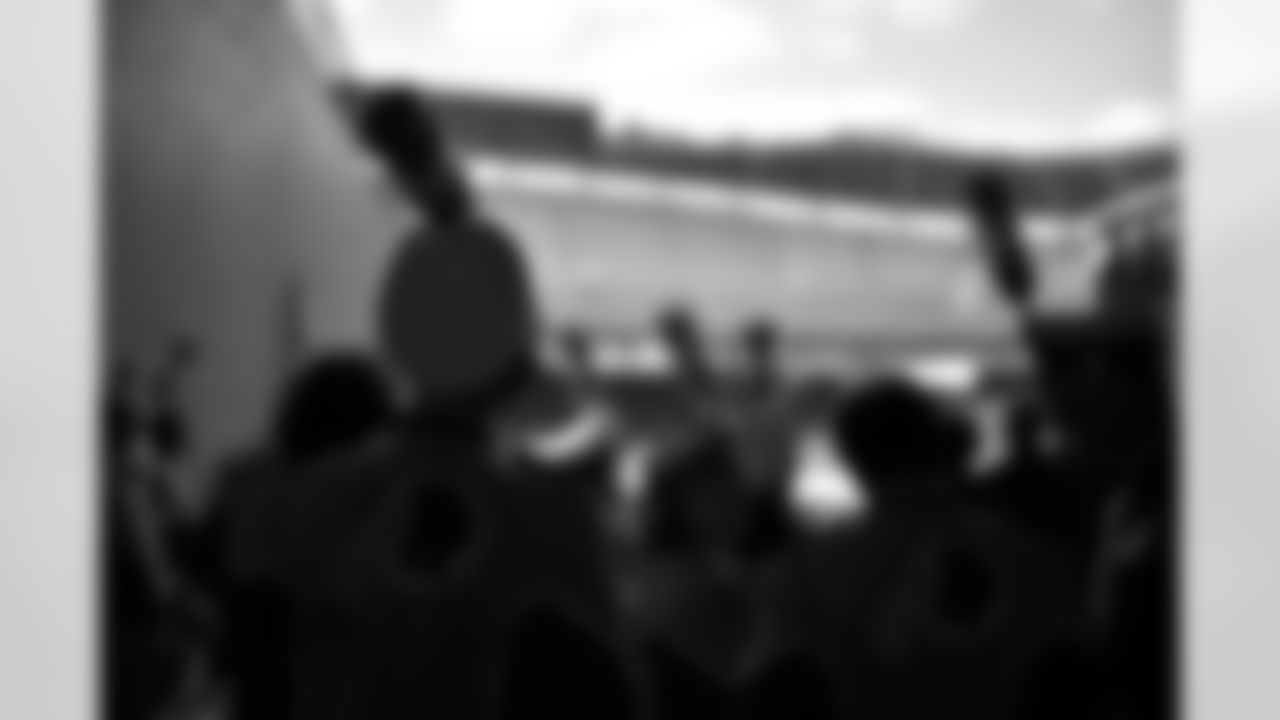
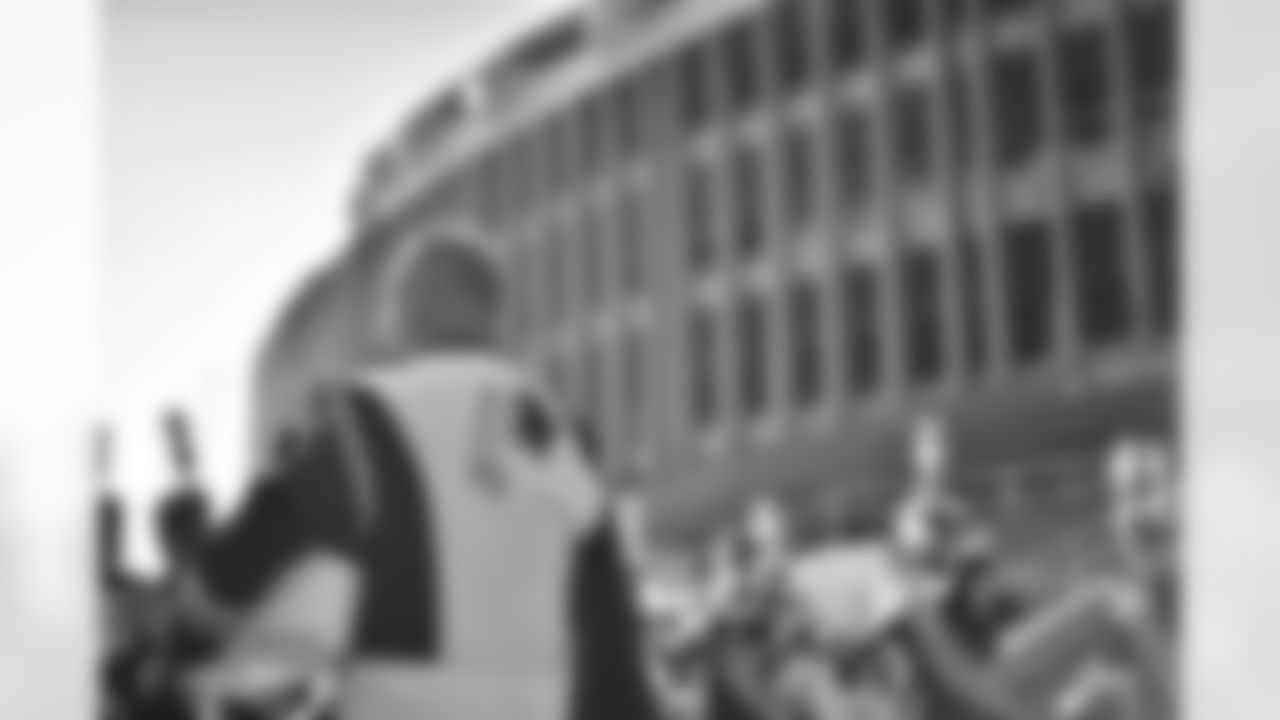
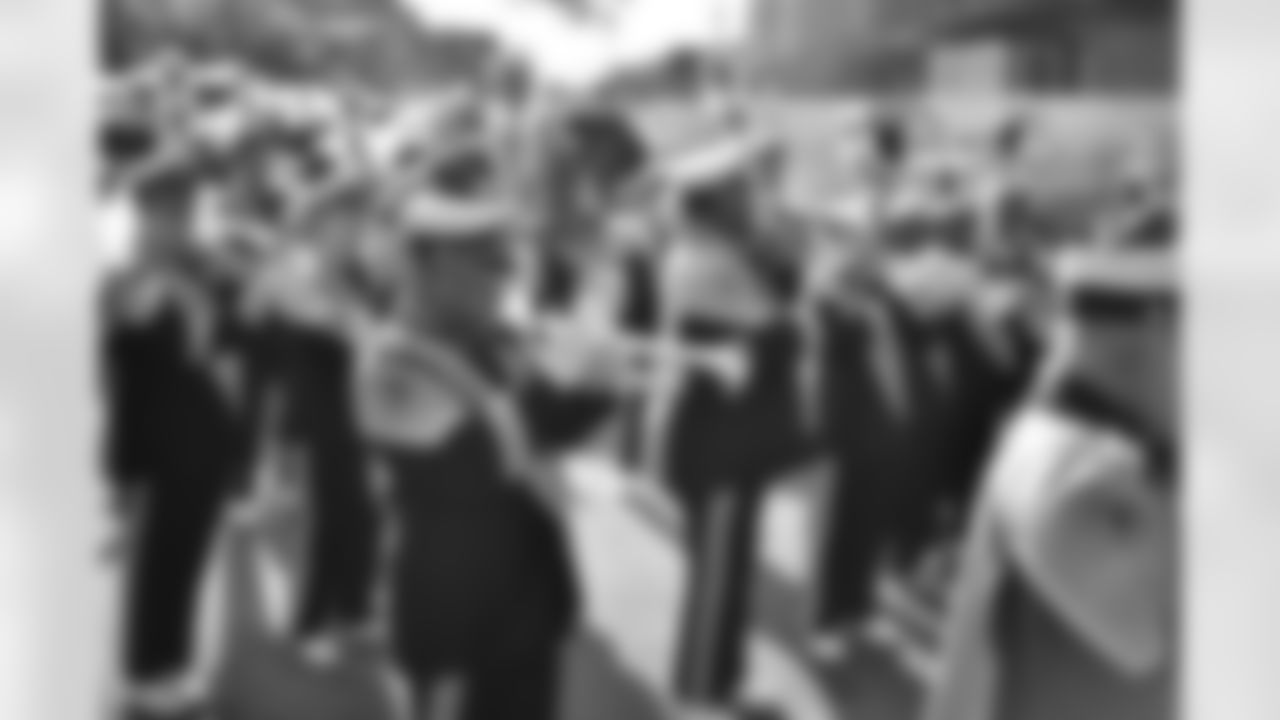
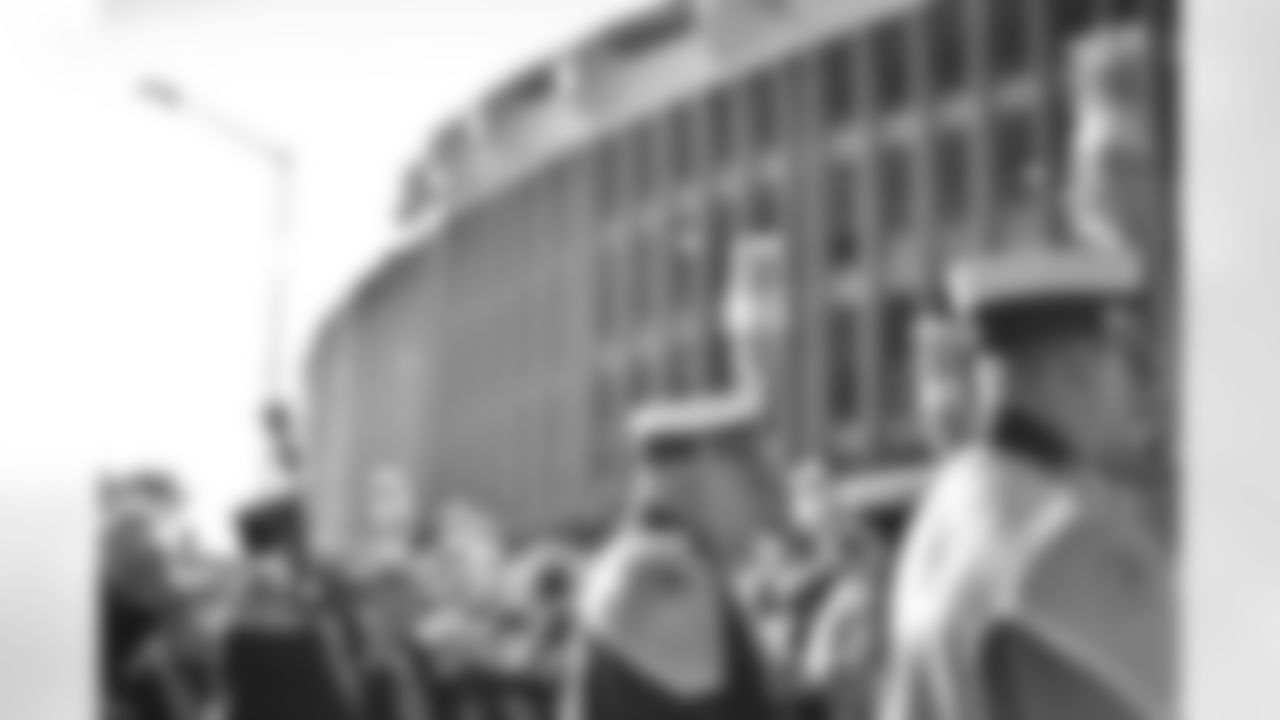
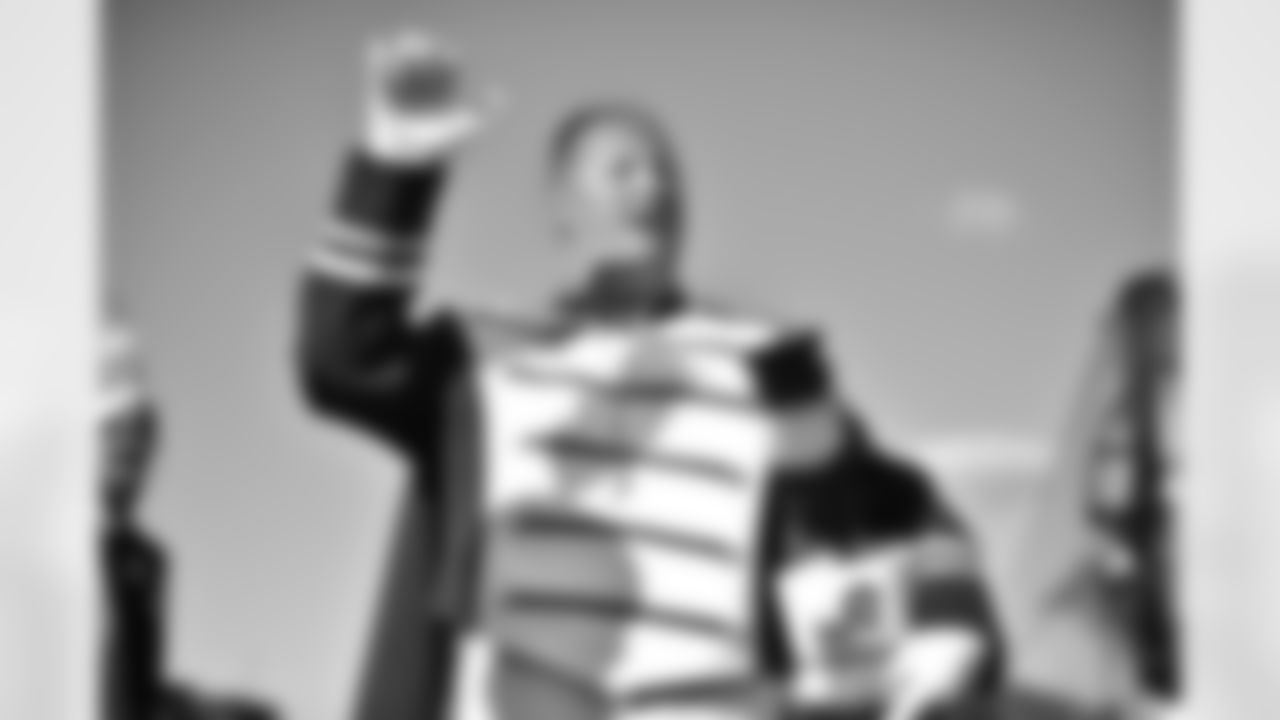
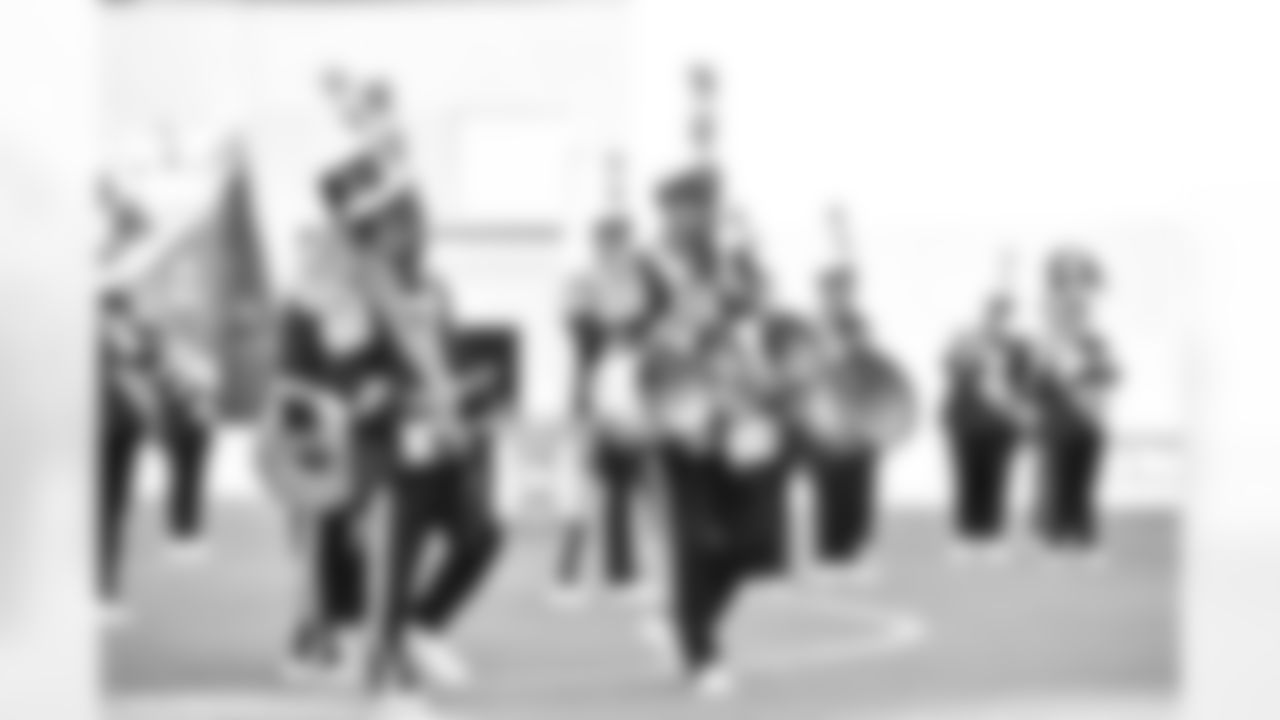
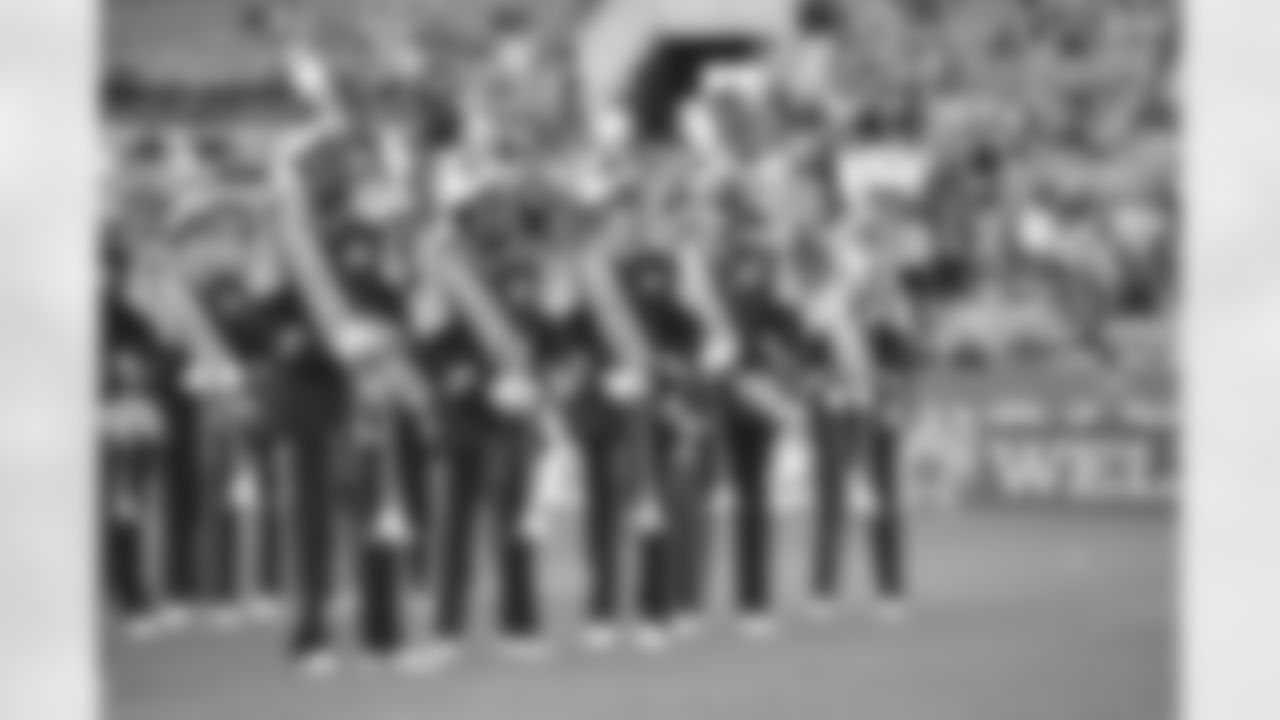
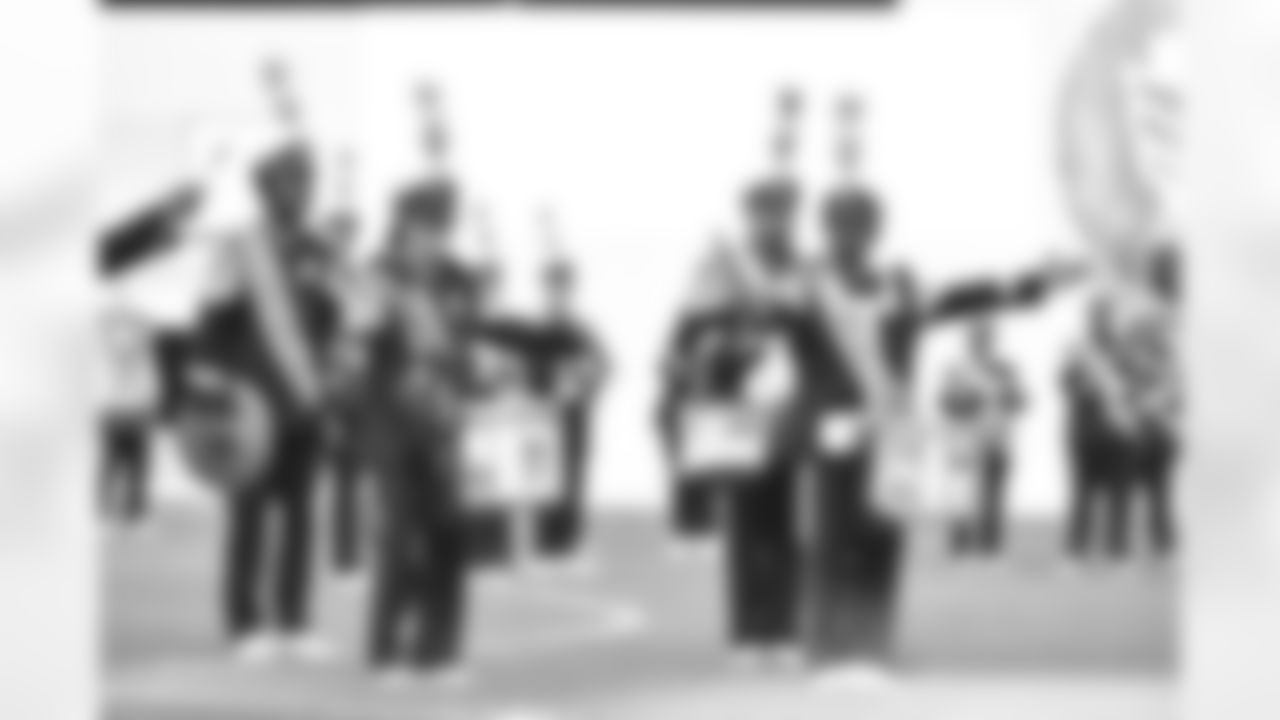
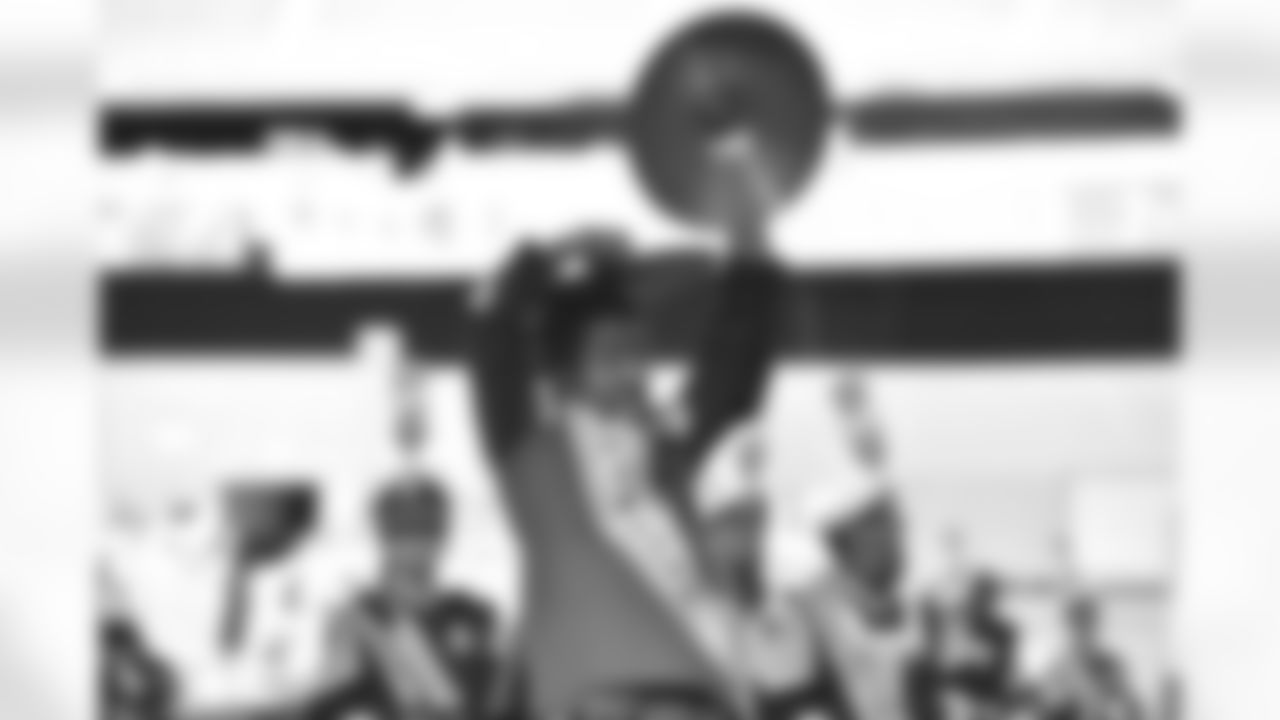
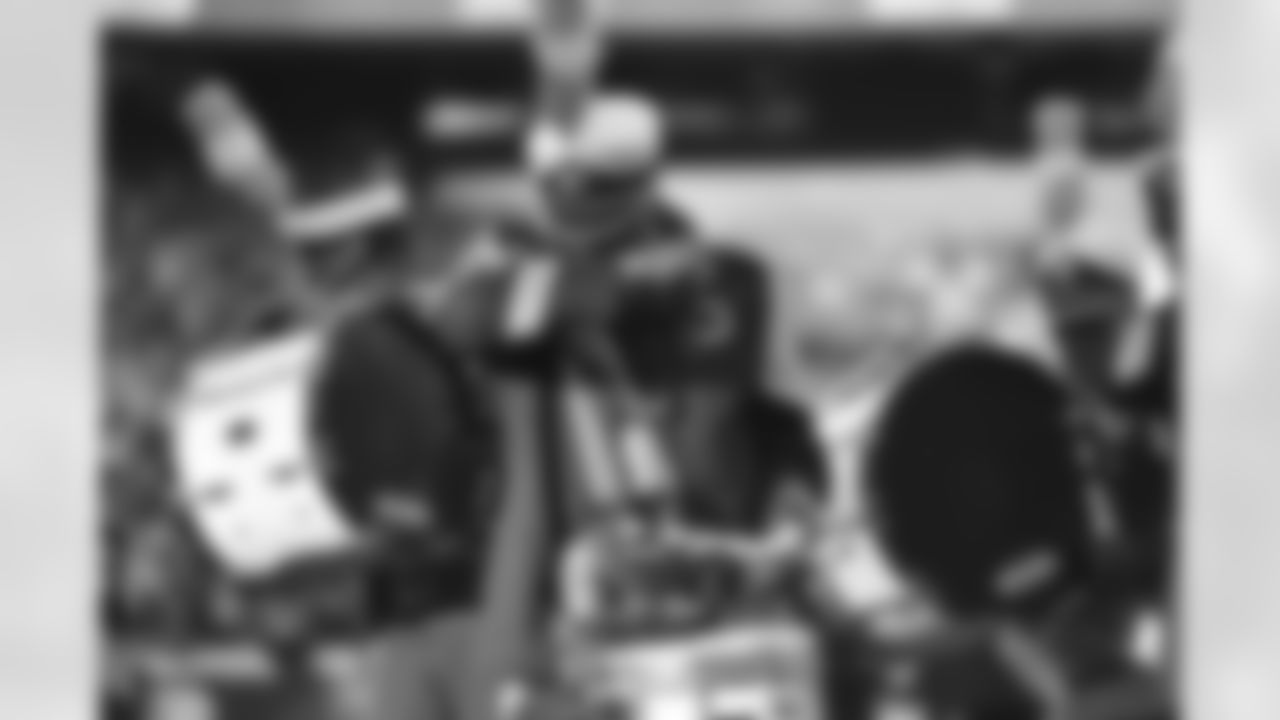
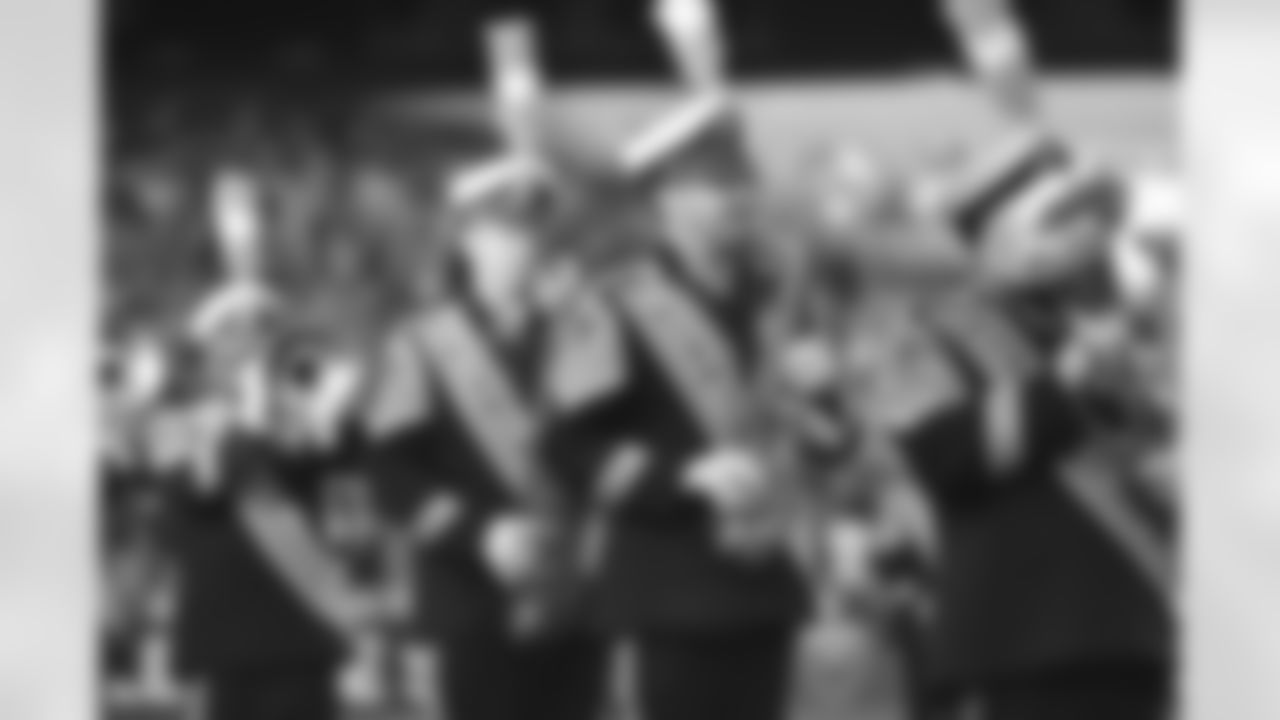
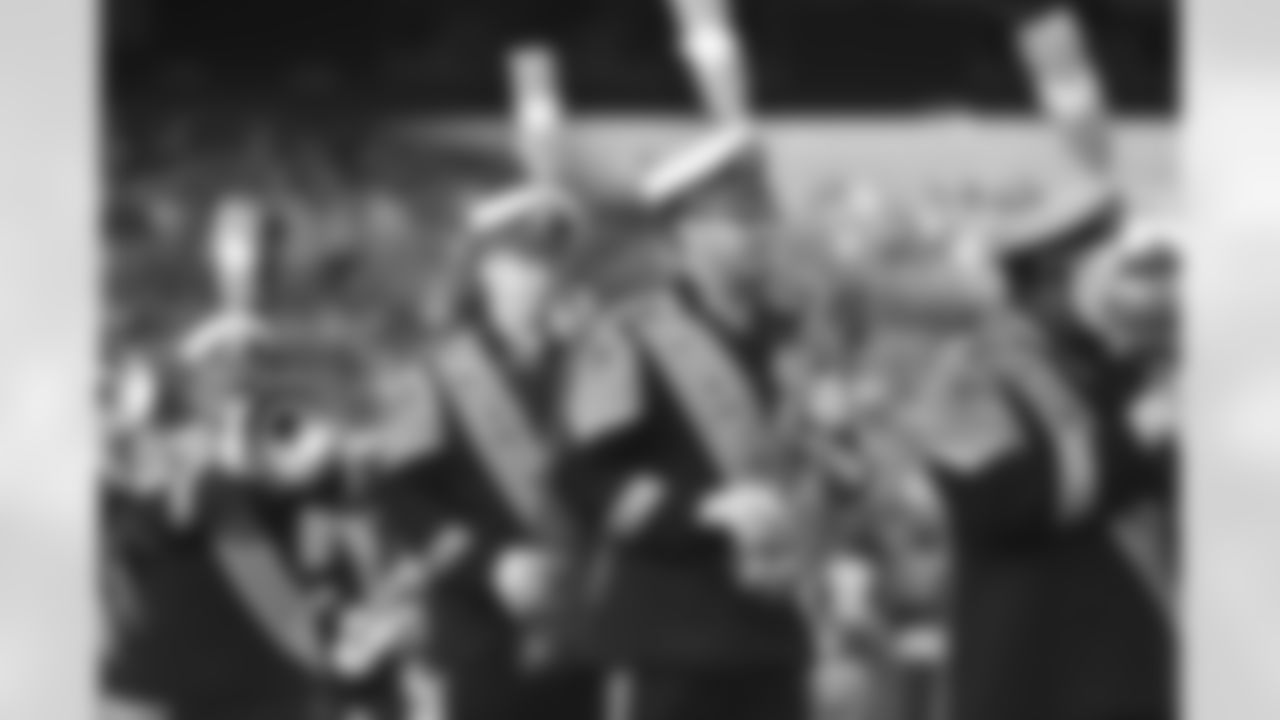
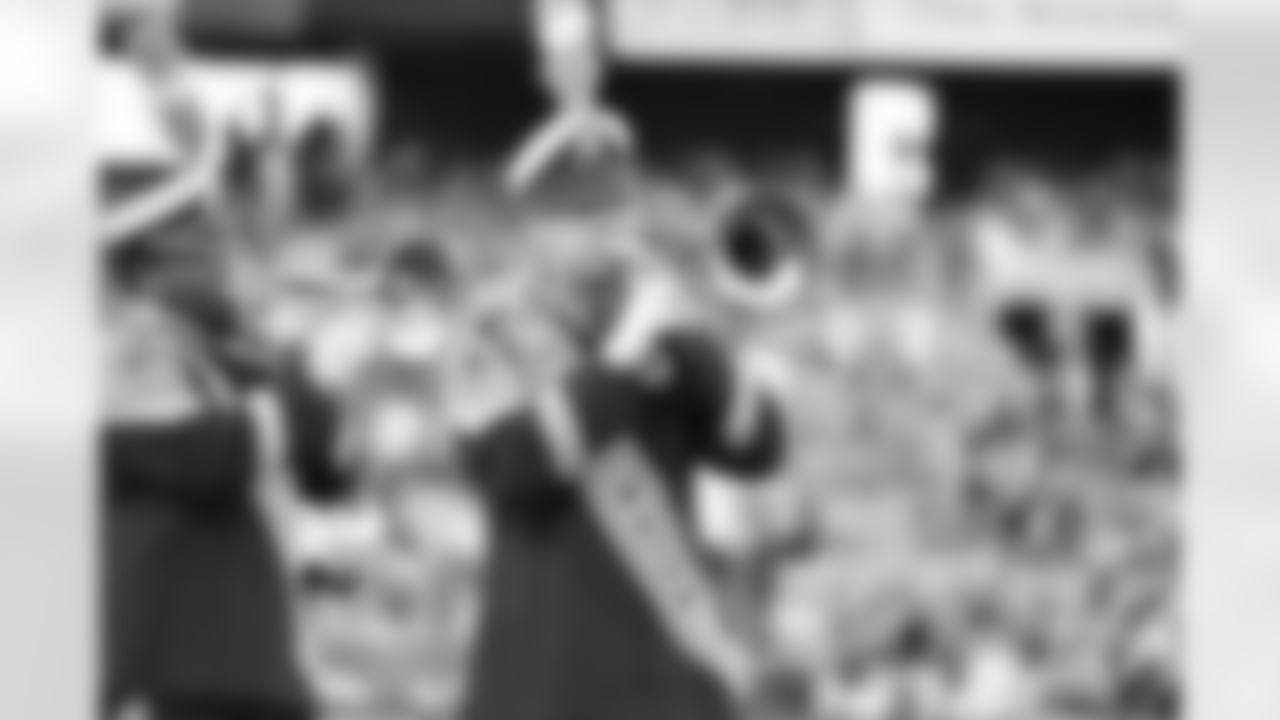
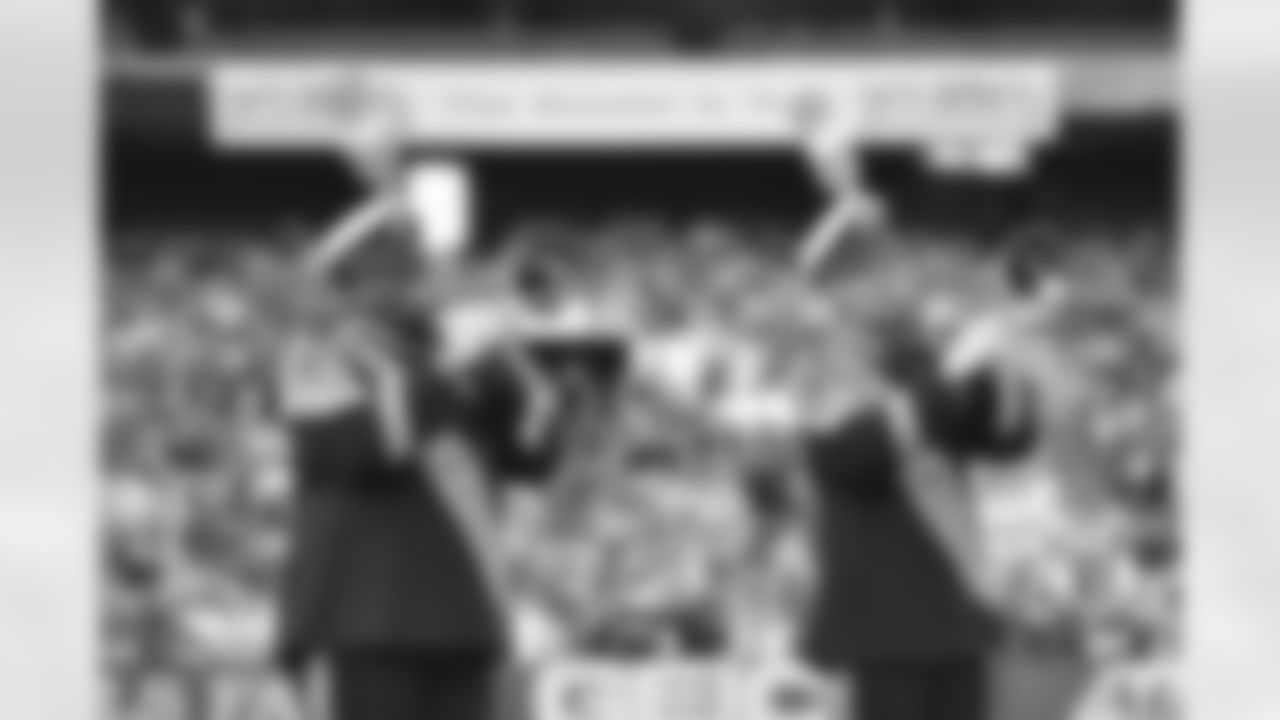
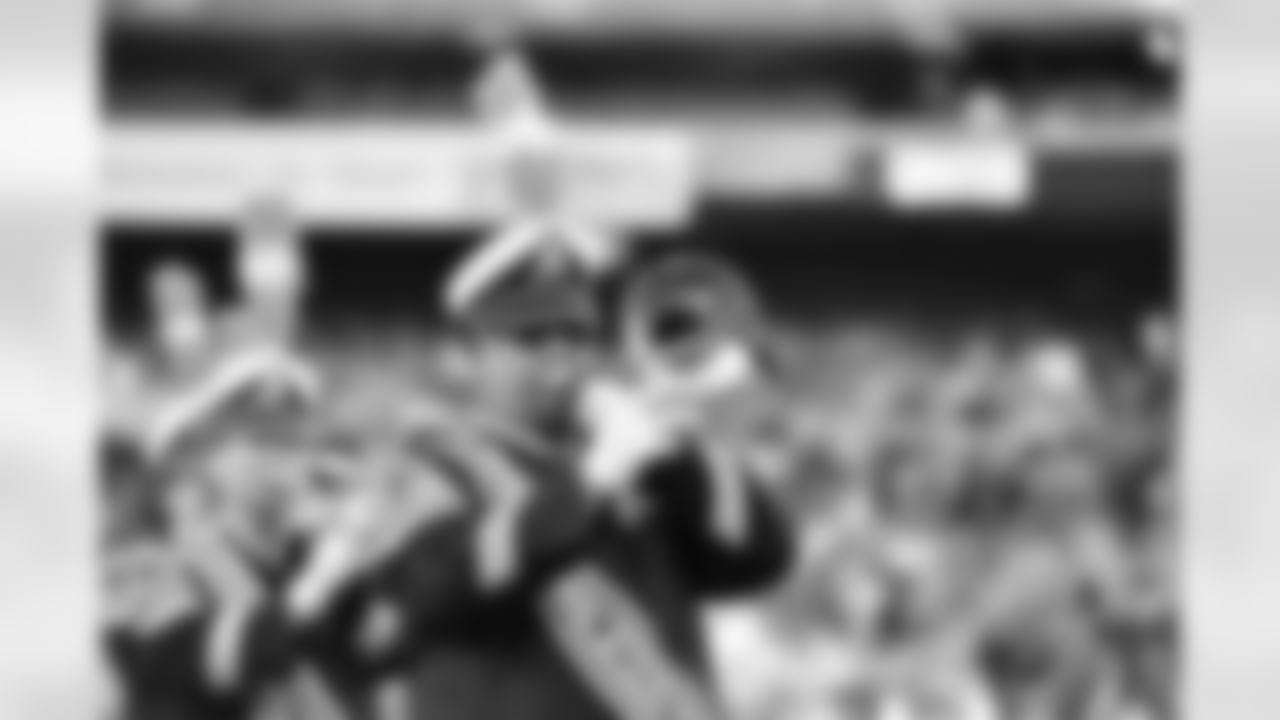
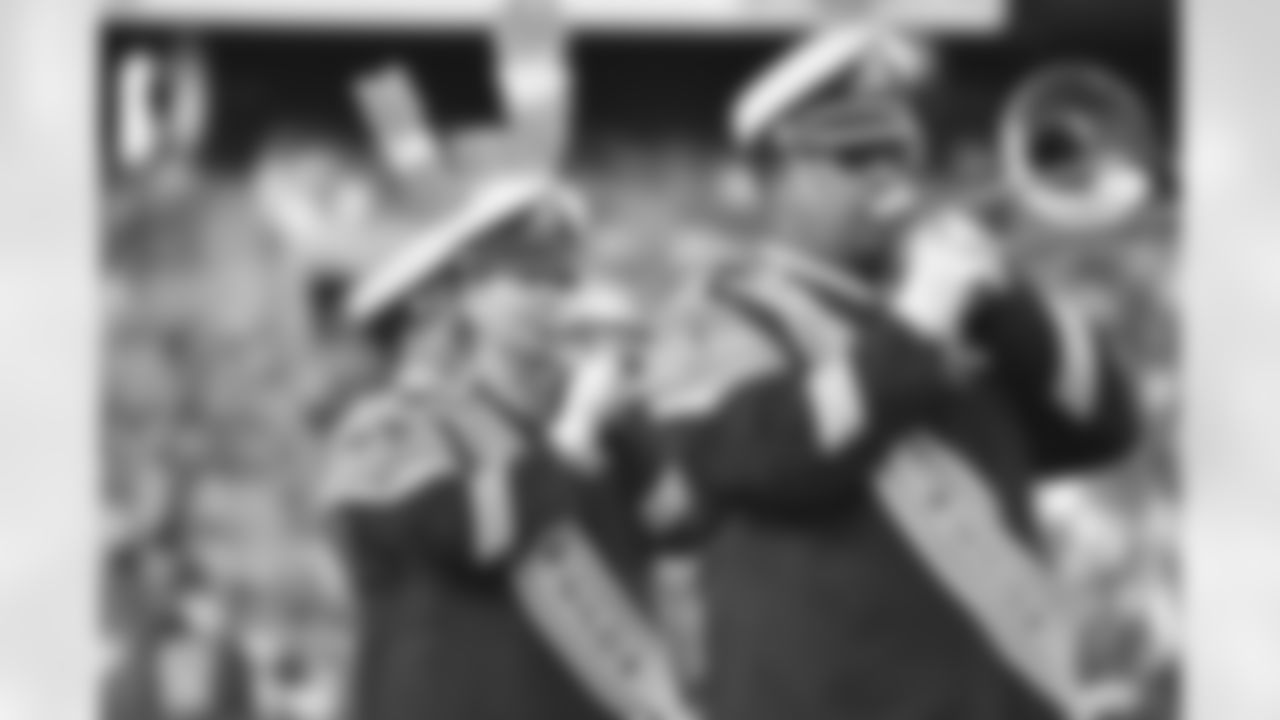
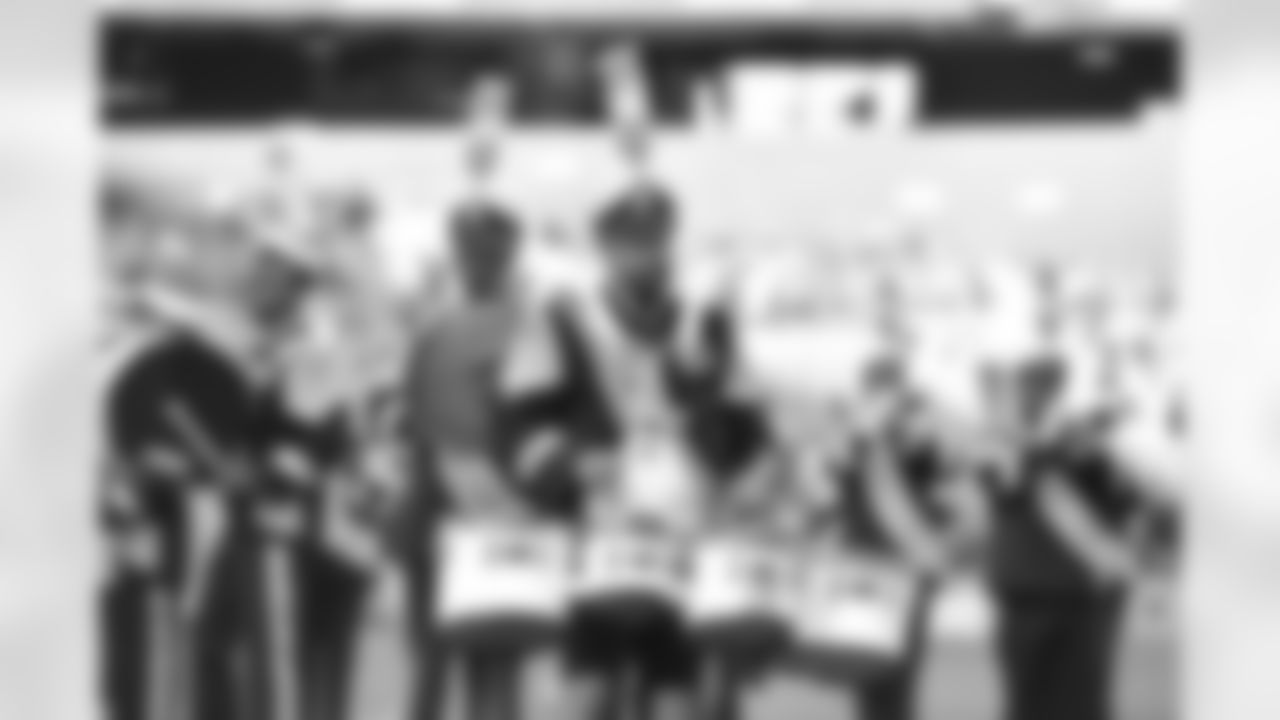
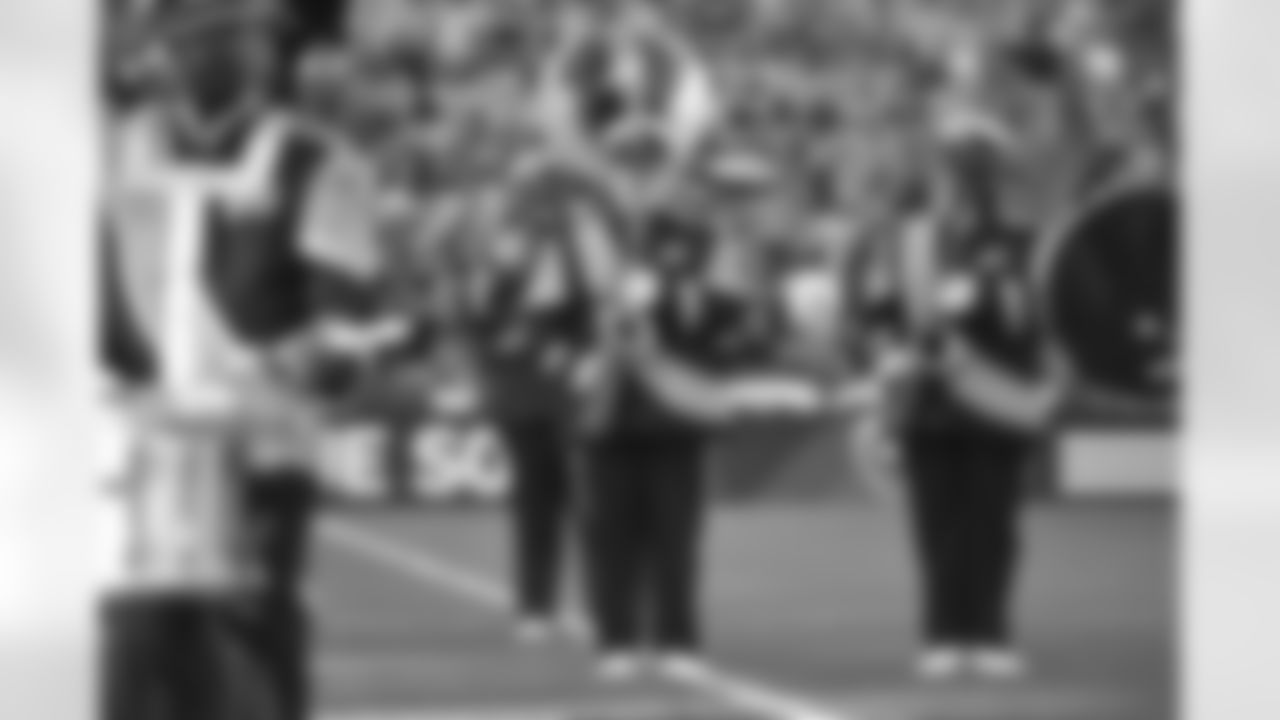
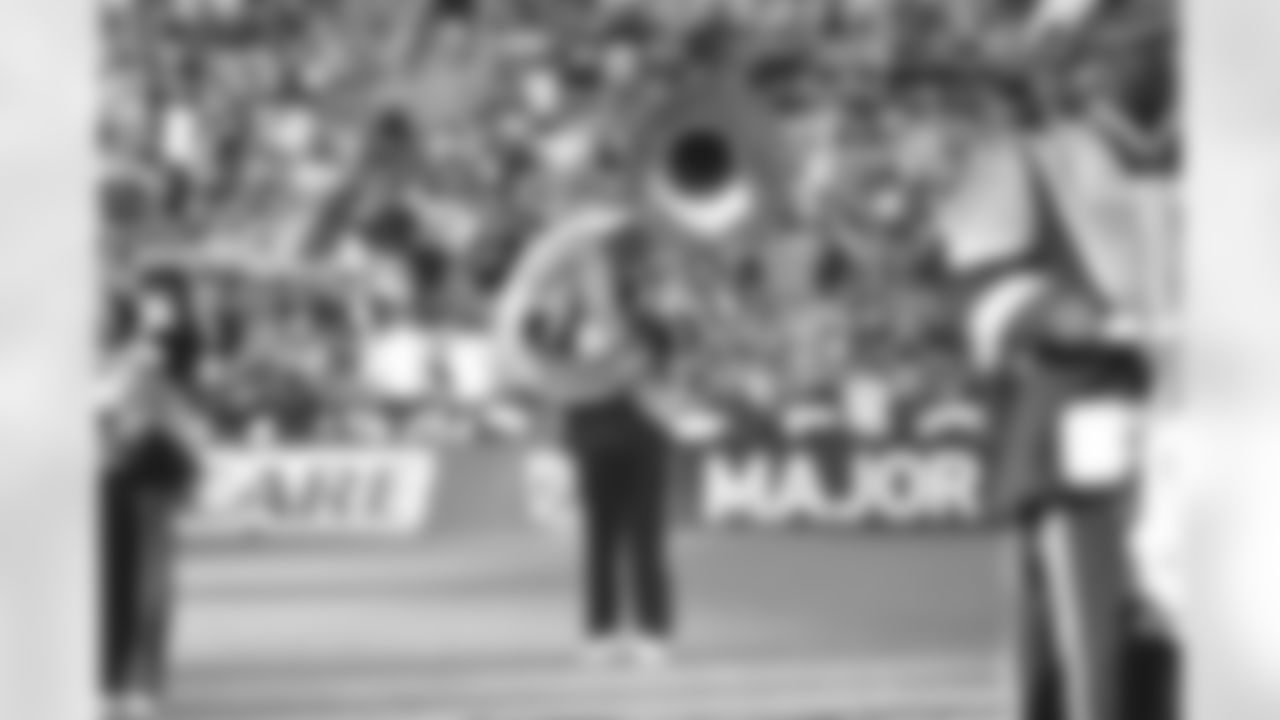
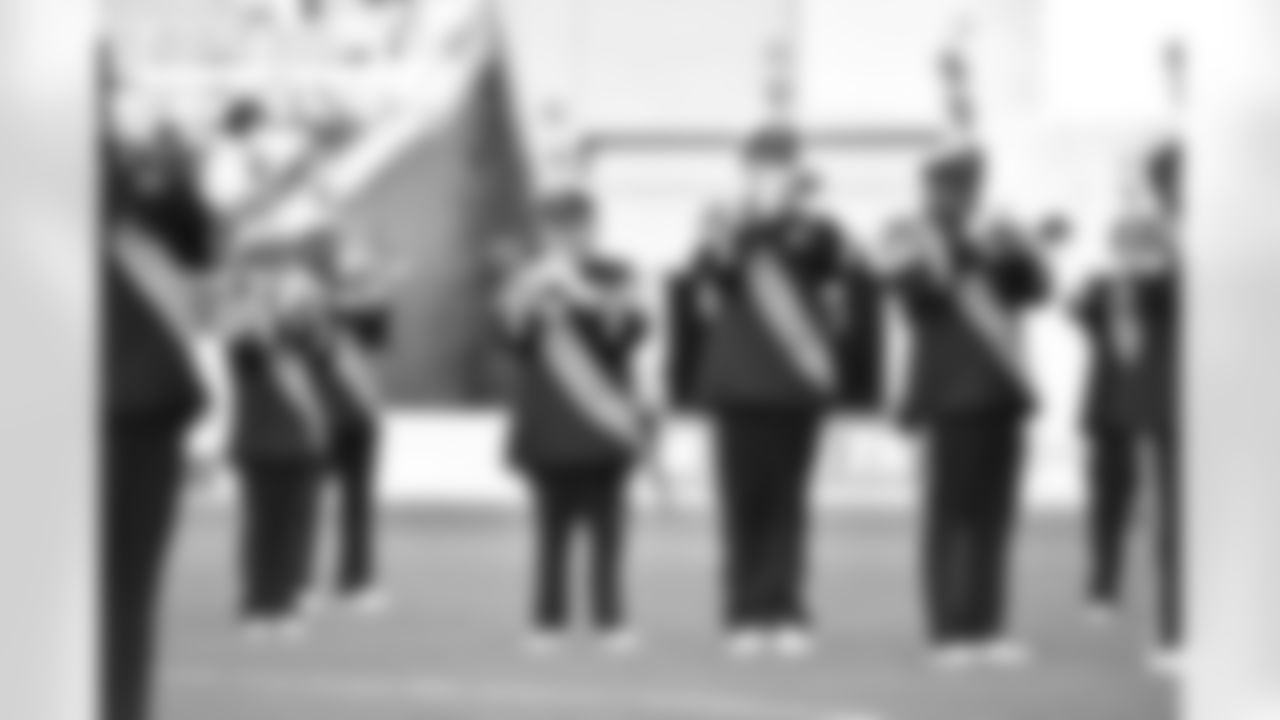
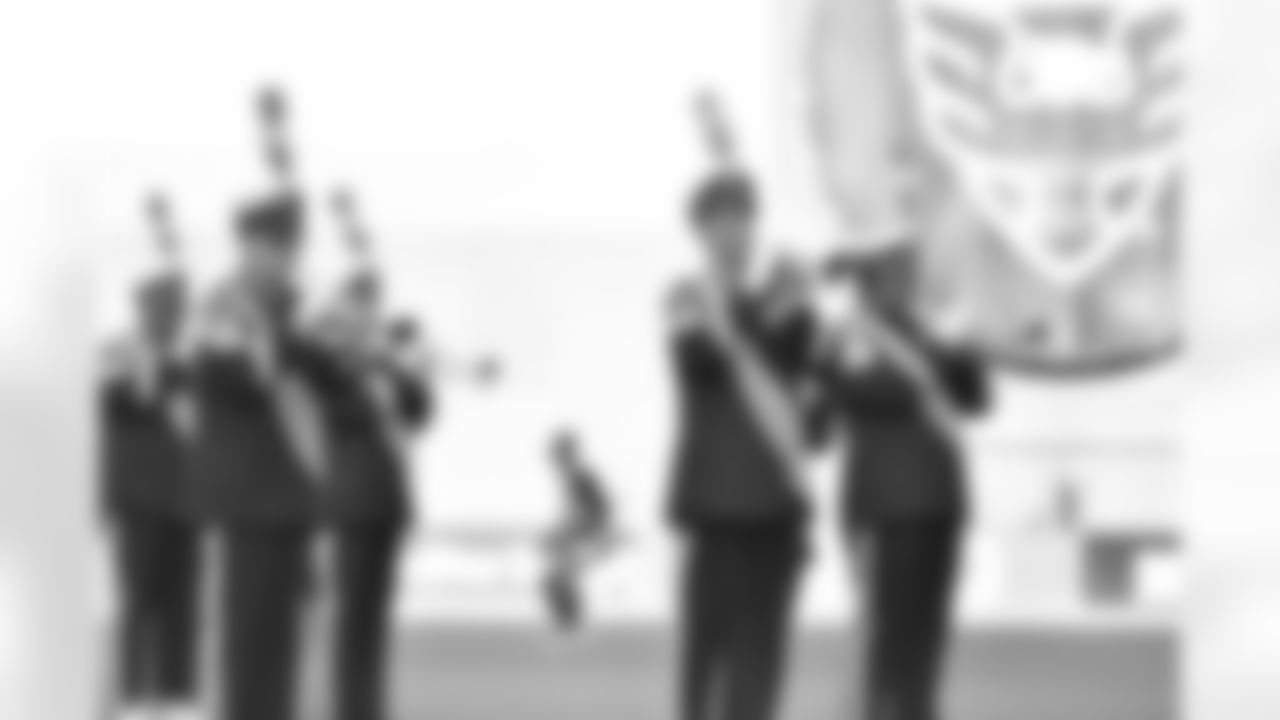

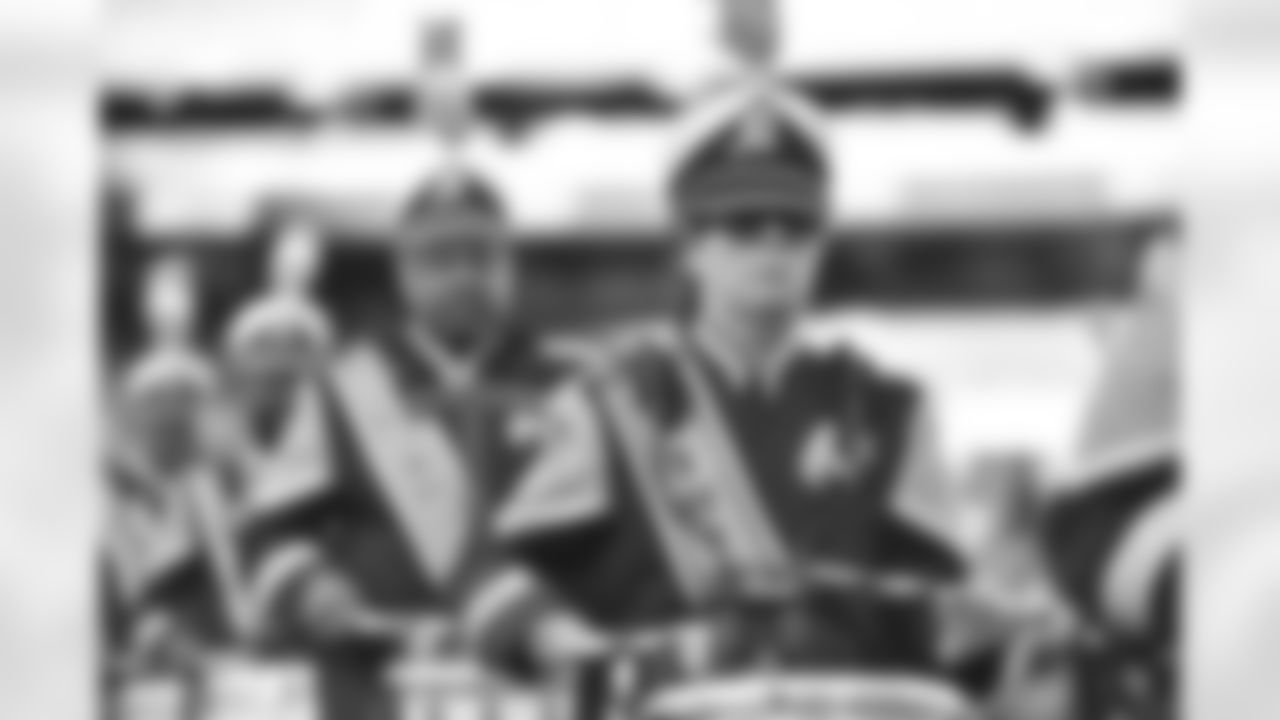
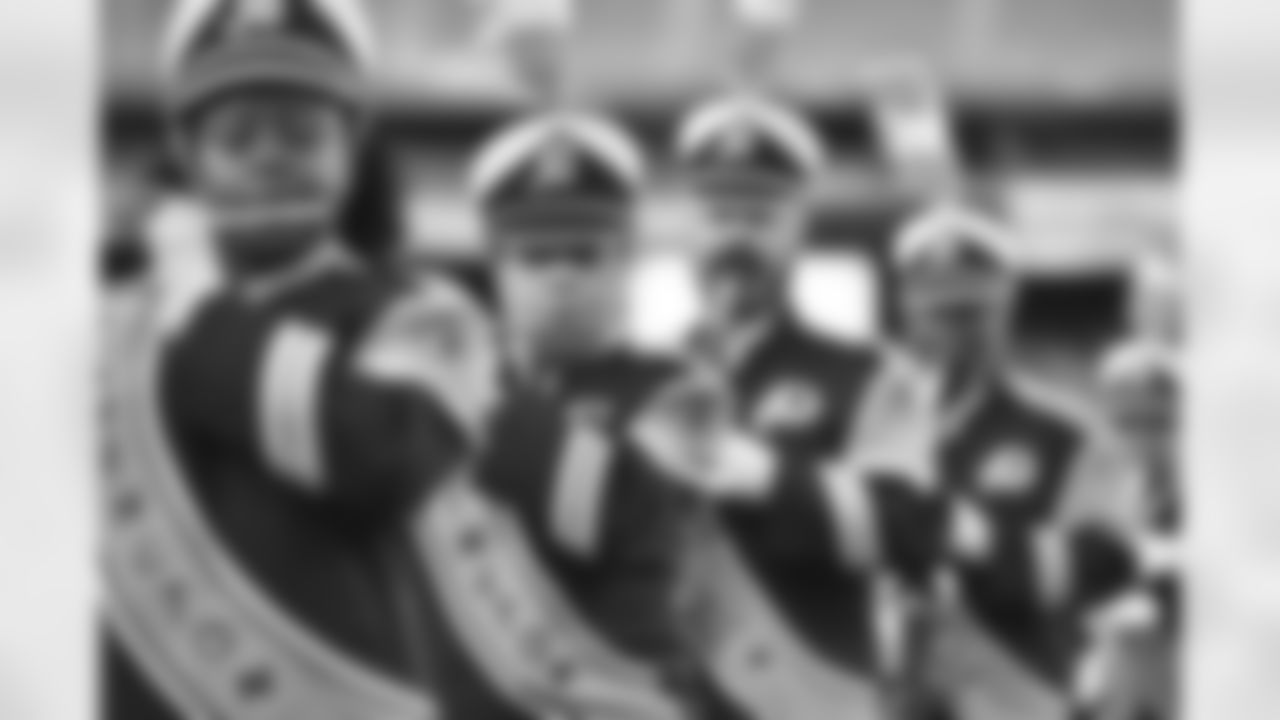
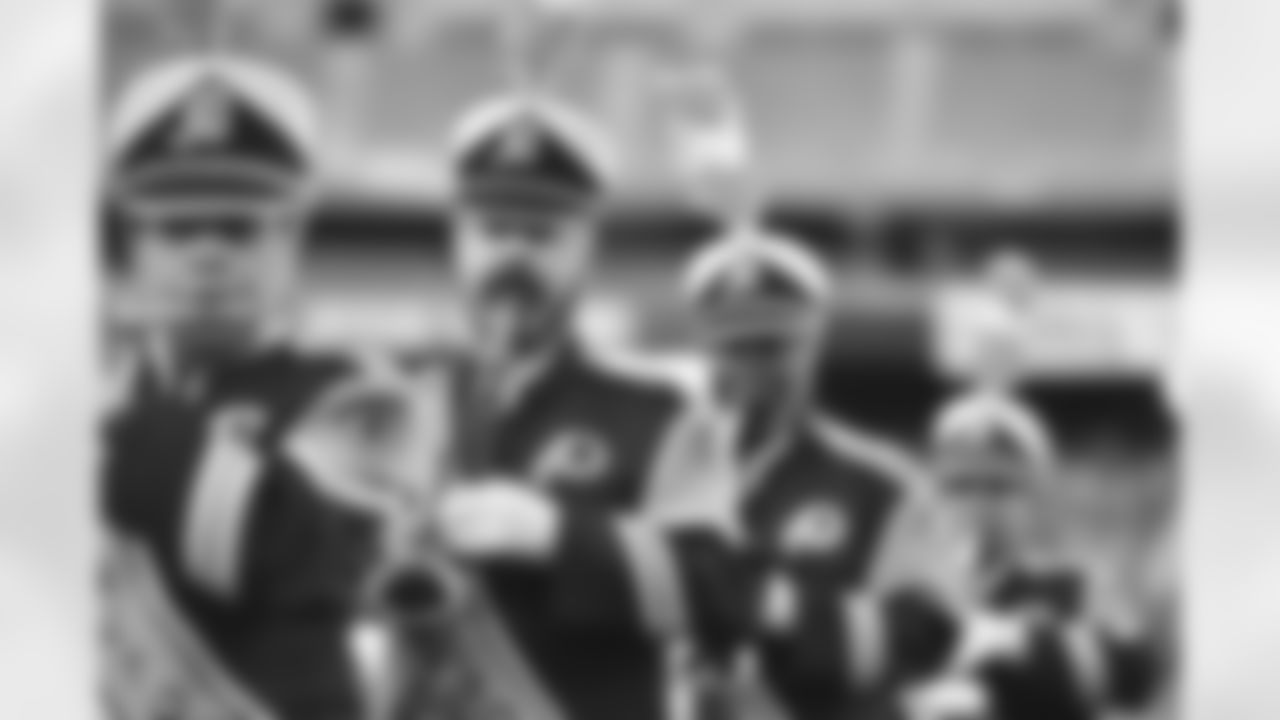
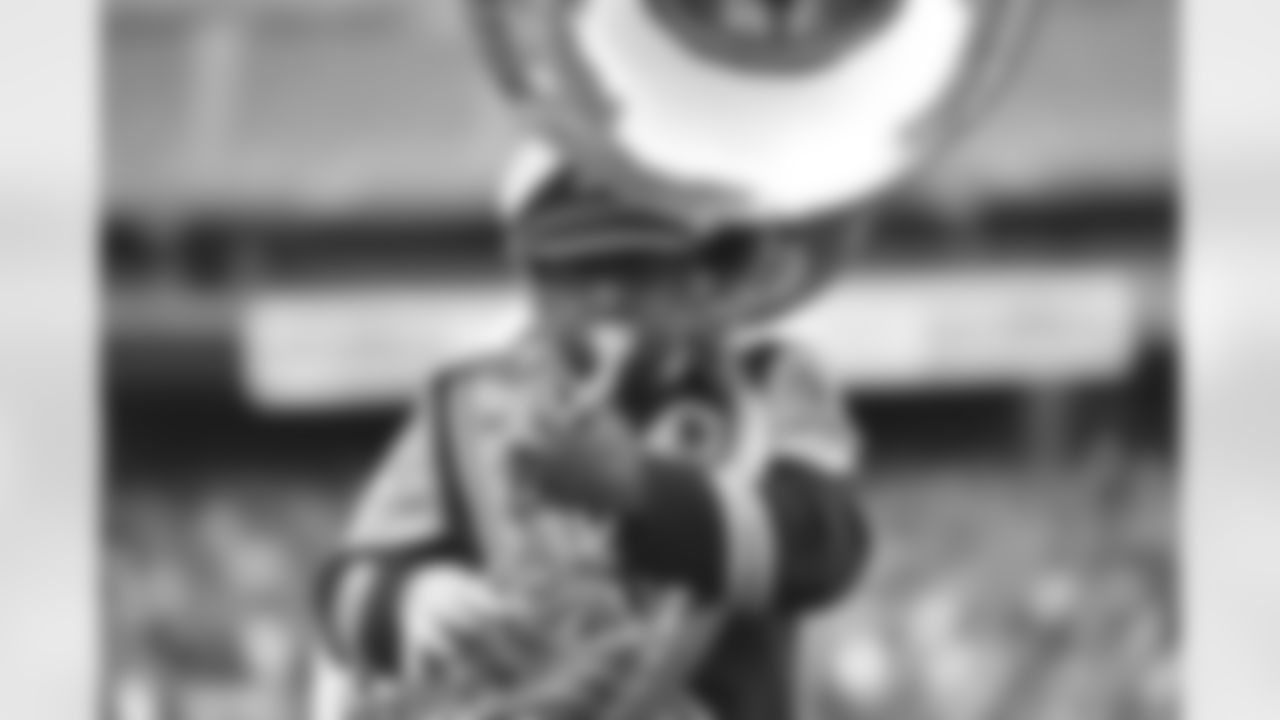
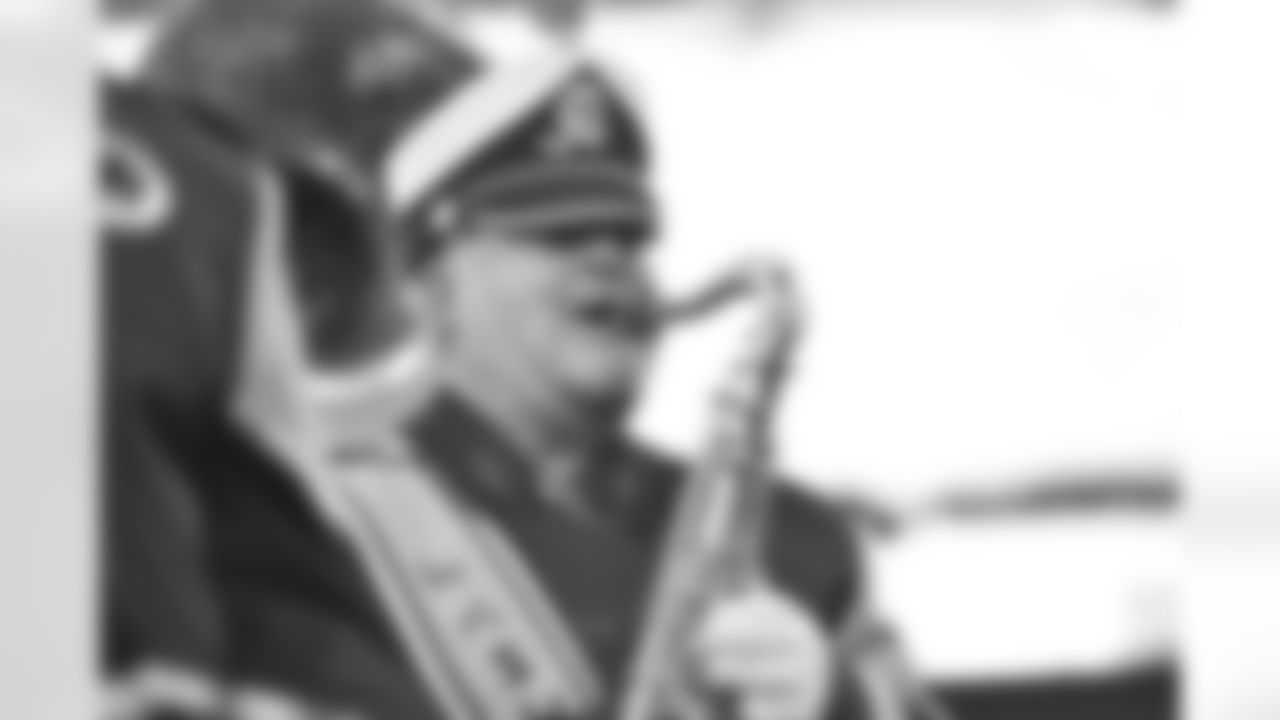
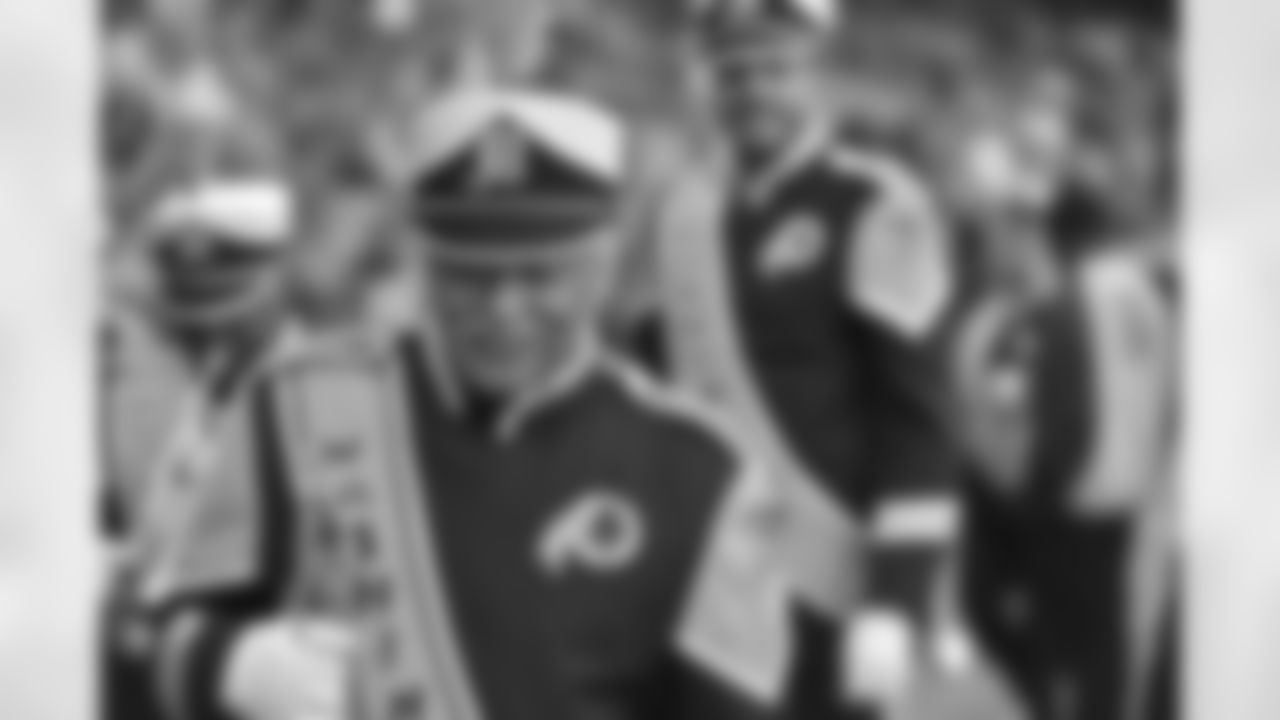
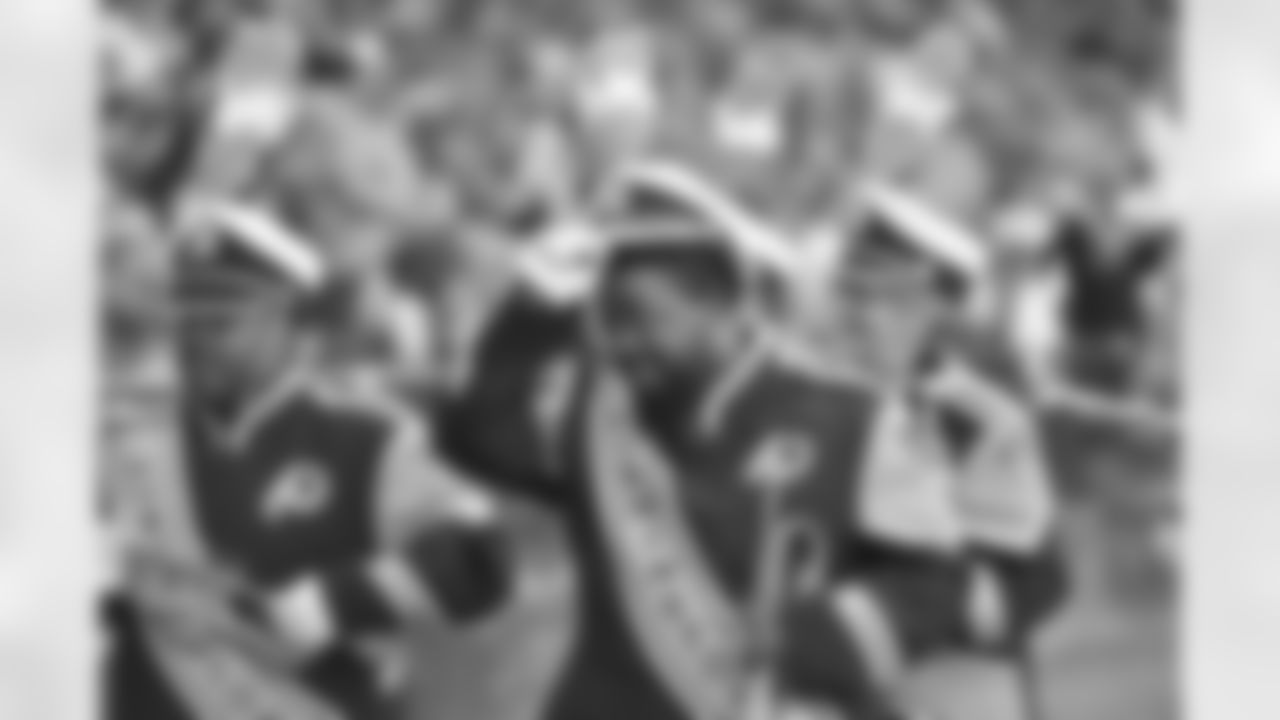
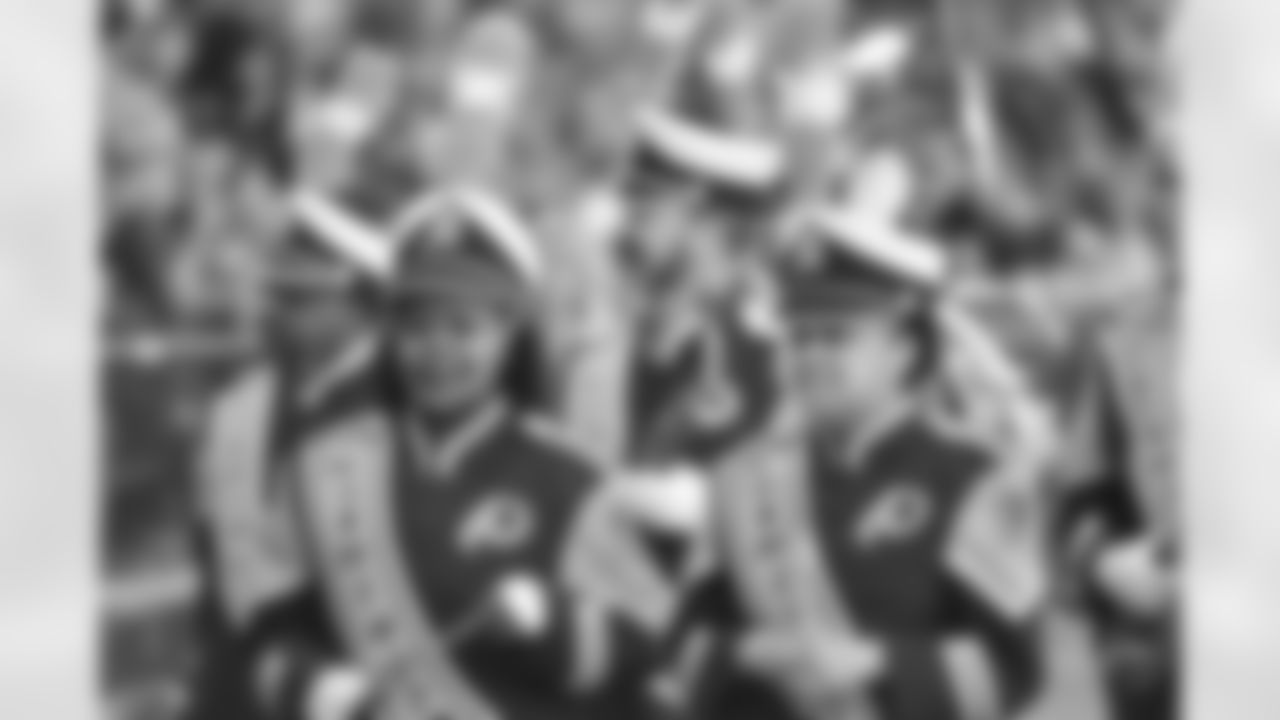
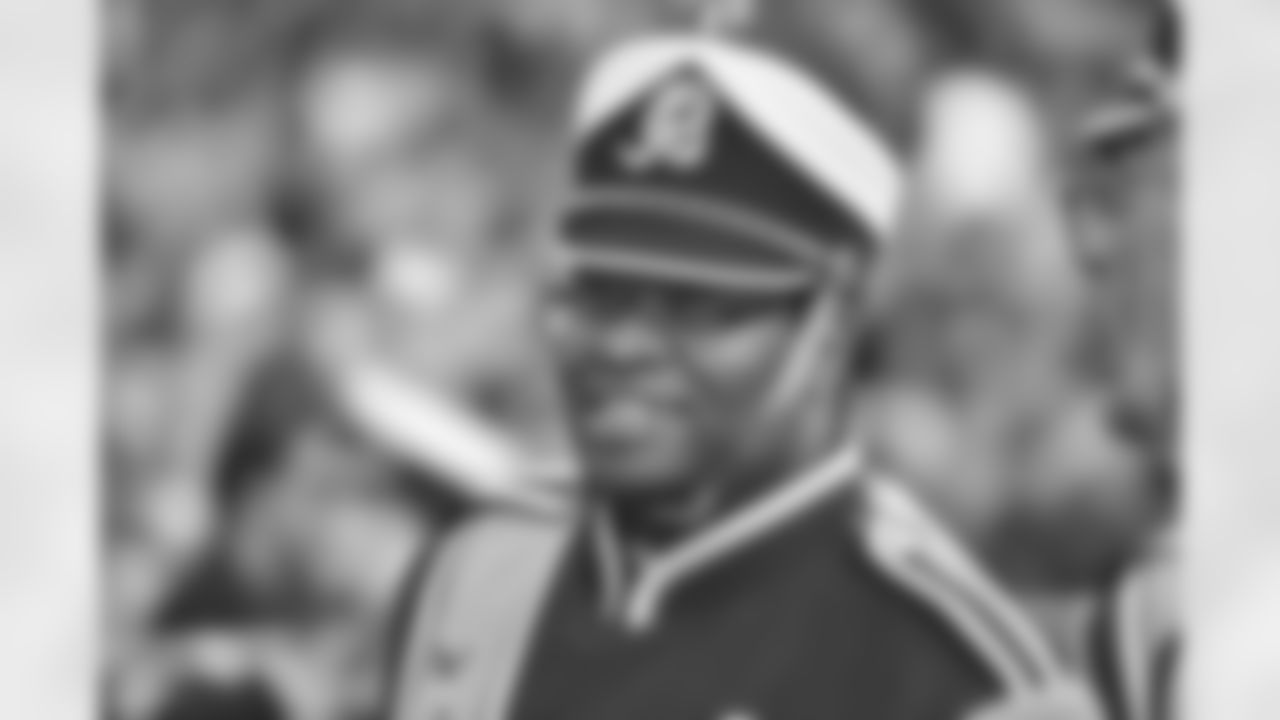
As more members filed in, some had to push their belongings onto adjacent tables or cabinets while they sat on folding chairs, sucking on their reeds and warming up their horns. There was plenty of time to spare. The first half of the soccer game had yet to start, which meant those that arrived early had a chance to swap more stories and explore their old stomping grounds.
"From the minute I walked into the tunnel, I'm not kidding you, all I've done is look and remember incidents, things that happened, players that I may have met, games where we were victorious," Steve, the lead trumpet, said. "Running to my car after the game so I could beat the crowd. The hot dog stand was right next door, we'd go down and get free hot dogs. When I get on the field I'll look around, the scoreboard, clock. More memories will come back."
Novak grew up in Maryland and joined the band at 15 years old – he recounted auditioning on a Friday night and getting strapped with a uniform that Sunday – and his fondest recollections include everything from the 110 degree nights practicing each Wednesday inside the Armory next door to the frigid celebrations, the iconic seat-cushion game against the Falcons.
He's been to three Super Bowls – the only time the band travelled to one was for the Redskins' loss to the Raiders in 1984 – though Novak says he brought his trumpet to Pasadena, Calif., the year before, played "Hail to the Redskins" and wasn't kicked out. The band has also given him the opportunity to connect with his brother every week, when the band practices in the FedExField parking lot. The two share dinner before practices, a tradition that's been happening for the last 25 years.
Family reunions are common in the band. Eric Summers, who grew up six blocks from RFK Stadium, is the band's director and also the father to two other members – Eric Jr., who plays the trumpet and lives in Prince George's County, and Xavier, a sousaphone player, who commutes from Delaware for practices and performances during the season.
Summers was a former band director at Raymond-Anacostia High School and serves as an assistant principal at Charles H. Flowers High School. Saturday, dressed in his usual black and gold uniform to differentiate his rank, he had a chance to show his sons the football field he started marching on in 1982.
"It's definitely pretty cool to go through the same tunnel," Xavier said.
"A lot of people don't get to interact with their parents in that manner," Eric said.
Like many of the other band members new to RFK, both brothers listened to their dad's memories. Most centered around the team itself, an unsurprising fact considering those who have been playing the Redskins fight song for years have been present for every home game for years, too.
"Memories are swamping back," said Ken Fry, a trumpet player who began playing in 1986. "I had Barry Switzer pass this door [pointing to the tunnel]. Michael Irvin spiked the ball corner of the end zone. The ball comes right here [cupping his hands]. I'm in awe."
"What I remember most is the last game," the marching band's drum major John Carpenter said. "I remember the fans taking anything they could as a memento. I had a lady come up to me and asked if she could have part of my uniform and I told her no and she reached up and grabbed some tassles and yanked them off my uniform…I remember seeing fans carry out seats. They brought wrenches and screwdrivers and took seats with them, fans jumped on the field and took turf with them, anything they could take of RFK. It was the end."
History and Hinken
The Redskins Marching Band started in 1937 under former Redskins owner George Preston Marshall, who believed the all-volunteer group would attract women and children to football games at Griffith Stadium. He made sure entertainment never lacked and knew music could fill the dull voids.
The first idea for a fight song was "Onward Christian Soldiers" because it was the only song all 150 members of the band knew by heart. Eventually Barnee Breeskin, director of the Washington, D.C., Pro Band composed the music, while Marshall's wife, Corinne Griffith, wrote the lyrics to what quickly became "Hail to the Redskins."
"I think Marshall thought more about the band than he did about the football team," said Harry Hinken, the former baton-twirling Redskins Marching Band drum major, who eventually became a folkloric figure.
Hinken joined as a "big for his age" 14-year-old trombonist in 1939, served in World War II and then returned to the field, eventually taking over as drum major in 1953. He came down with polio years later but remained a fixture at Redskins games, often sitting in his wheelchair at the player's gate greeting John Riggins and Sonny Jurgensen.
For those in the current band old enough to have played at RFK Stadium, Hinken is somewhat of a legend. Upon his name being uttered on Saturday, Bill Harry, a member and former drummer since 1948, now a methodical attendance taker, perked up.
"Did you know he swam the English Channel three times?" he asked. All true, of course.
In an interview documented in the book "Iron Men," Hinken reflected on the first years of the band at RFK, at that time called D.C. Stadium, as it looked to expand and diversify its membership.
"When they built RFK Stadium, there was no place for potential female band members to change," he said. So he set up cubbyholes for them in a separate room. Later, he said, the first person to attain a perfect score during band tryouts was a woman.
"In Washington, it's all about your career and what you're doing. Here, it's about what instrument you play. It's a great equalizer of people," said Cheryl Casnoff, the current piccolo section leader, a band member since 1984, and one of many women that now marches on Sundays. "The guy that got me in[to the band] ended up being high level person in government, but it didn't matter because we're all the same here. If anything it's a reverse society because music teachers are considered the top of the heap. It's kind of healthy."

The Sound Is It
Casnoff helps emphasize the important relationship between the band and the football team. She's always loved football. She played in her high school band, and in some ways, the atmosphere at RFK mimicked that kind of culture. People in the stands knew each other. The team was like a family. And the band provided all the sound you needed.
"Here you have a more personal feeling," Casnoff said, referencing the corner of the end zone where the band used to sit.
"Four or five years ago I met Howard Cosell coming into the stadium, and we started talking about the band," Hinken later remembered. "He told me, 'It's not printed anywhere, but usually when we come to Washington, we figure the band is worth one point on the scoreboard.' He wasn't being facetious...no other atmosphere like it."
A lot of that was the acoustics. The way RFK was built, and the material used to build it, contributed heavily to how the sound in the stadium could swirl around and ricochet off the circular concrete.
"This is a smaller stadium. Everything is so close together," Steve Novak said. "The concrete stands used to bounce. It's just a such a big stadium at FedExField [that] you need mics."
"It's so different from FedExField," his brother Nick said. "Playing a clarinet [at RFK], you couldn't hear it because the fans would be singing [the fight song]. You couldn't hear yourself on the field when you played."
"When the sound hits the seats here, it kind of comes up and seems to multiply," Carpenter said of RFK Stadium. "FedexField, it kind of dissipates more. Today we weren't even mic'd at all and it seemed to be just as loud, if not louder than when we are at FedEx. There are certain stadiums where that happens. But RFK is kind of special for some. It really helps when you get that coming back at you. Not a lot of reverb necessarily, but the fact that it kind of multiplies the sound -- it gives the band more confidence in what they're doing."
If Cosell was right, it gave the team more confidence, too.
Especially before and during the 1980s, when technological advances hadn't spread to stadiums, the only form of musical entertainment came from the band. No Top 40 blasted from the PA system, no video commercials interrupted stoppages on the field.
The Marching Band would split time with a Pro band, a Washington, D.C., union band, that would play more contemporary, orchestral songs to juxtapose the Broadway standards the marching band was pumping out.
"We were it," Nick said. "Matter of fact, we used to have two [music] books in the stands. We played the whole game long. We wore ourselves out the entire game because you'd play the whole game."
Now, the band sits behind the end zone at FedExField, the drum line provides a soundtrack between quarters and the halftime show reminds fans that entertainment can still be found in a bunch of brass instruments.

A Seven Minute Goodbye
Around 6:30 p.m., the Redskins Marching Band emerged from a corner tunnel and strolled out in formation to midfield, waiting for further direction. They looked up to empty gold seats, envisioning the crowds that populated them during the stadium's glory days and then began their seven minute routine.
First a warm-up, then a drum solo, then a big band version of "Uptown Funk" followed by a "Hail to the Redskins" finale. Summers stood in front waving his hands like always, Carpenter oversaw beside him and the rest of the band layered their sound, which echoed nostalgically off the facades.
"The philosophy of the Redskin organization has always been to provide entertainment from the moment a ticket holder enters the stadium until he walks out," Hinken recalled. "The fans are going to be entertained by the teams, music, dancing and a great halftime show."
The performance took place in April for a crowd of soccer fans, but that mission has stayed accomplished. Fans cheered upon the band's arrival and exit, singing along to the fight song, making a special day for the older group of marchers just a little more special.
"It was nice to have a very appreciative crowd out there, that was really cool," said Carpenter, who joined the band in the Redskins' final year at RFK. "They kind of embraced us and that was really nice. Even as we were lining up, a lot of people [were] cheering down '[Go] Redskins, boo Dallas.' It was great."
As the band marched two by two off the field and back through their former tunnel, they gave out high fives to several fans leaning by the railing. They returned to their dressing room, began to undress, put their instruments back in their cases, said their goodbyes and headed for their cars.
But unlike RFK's glory days, with 60,000 waiting to exit, the 28 musicians who normally raced to escape the traffic weren't in a rush to leave. There was no football crowd to beat this time.
They just wanted a few more minutes in their former home away from home.
.
.
.



